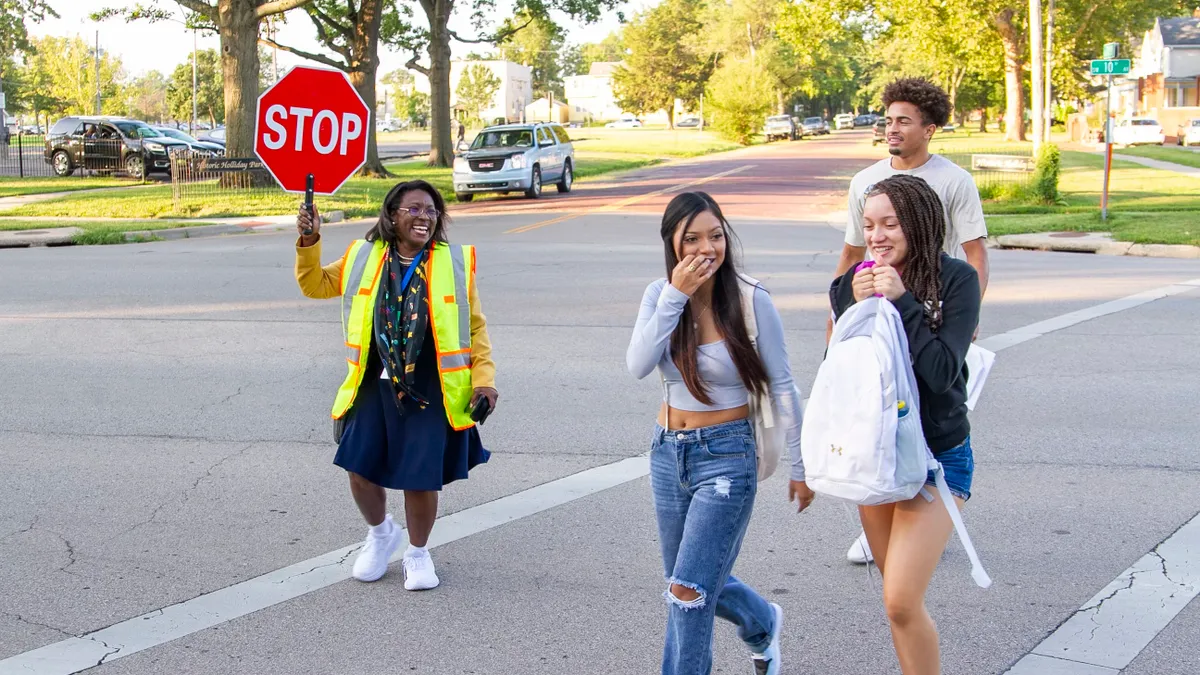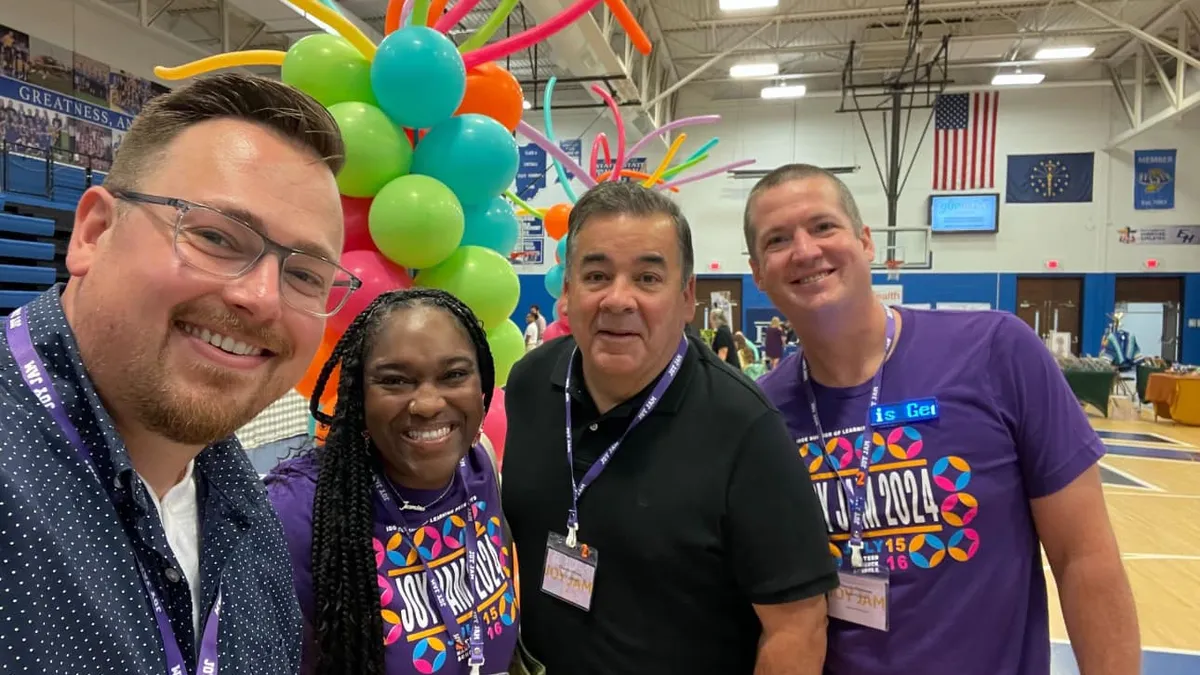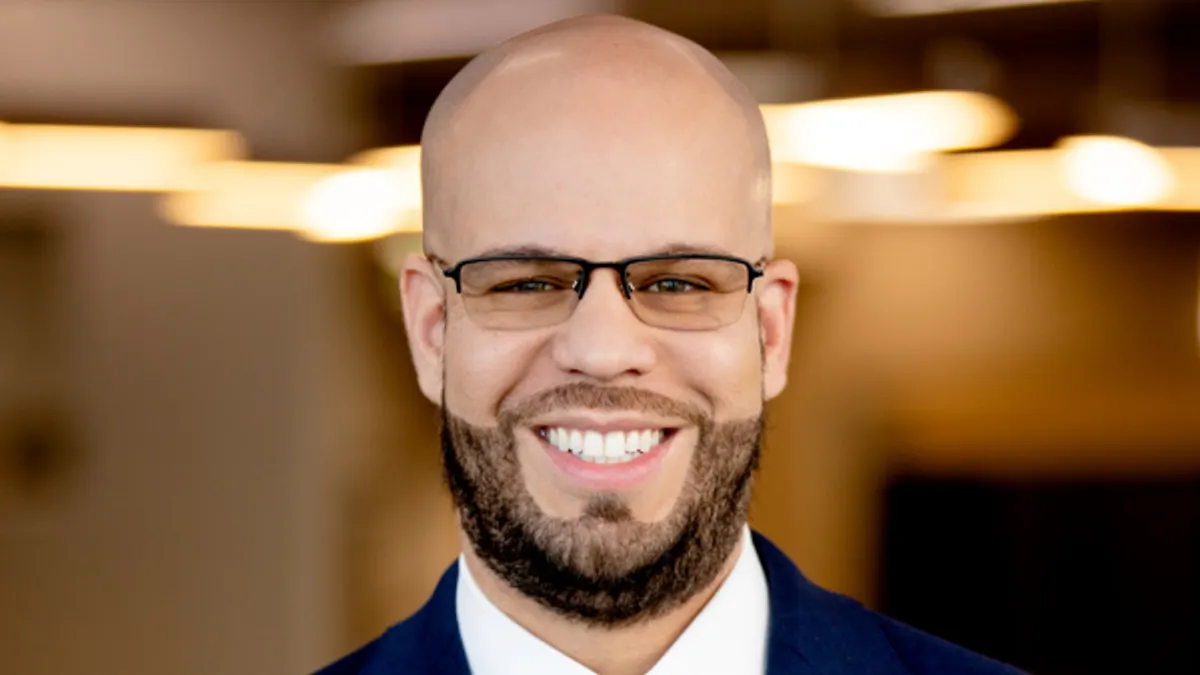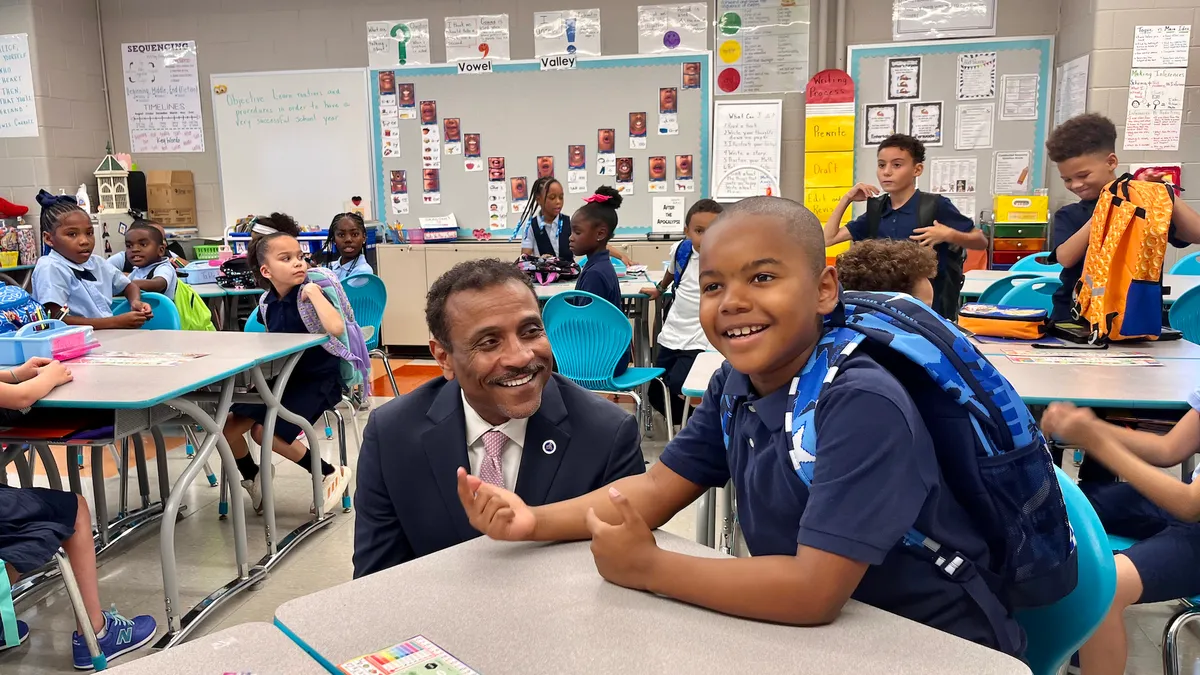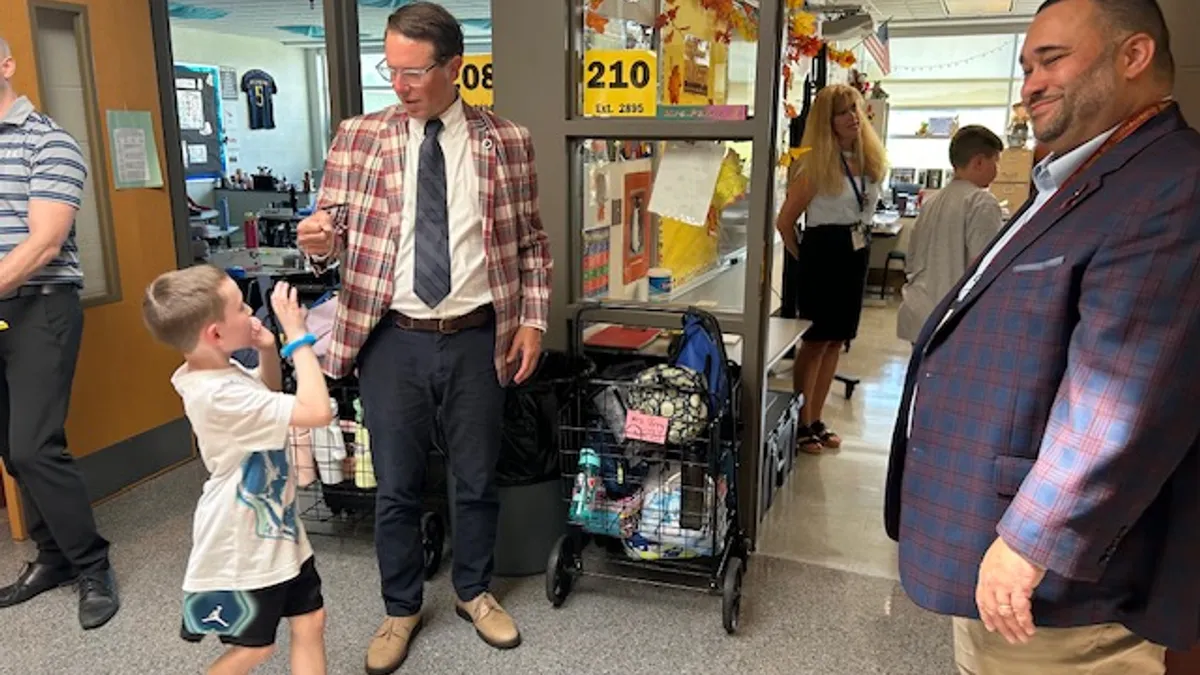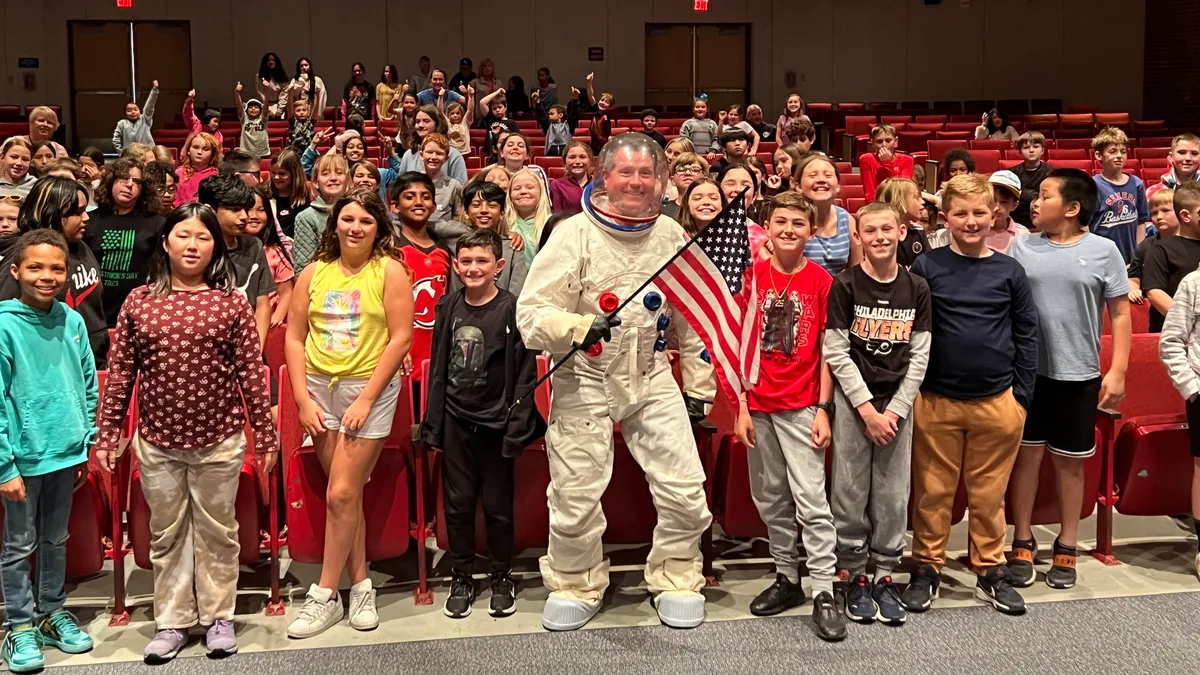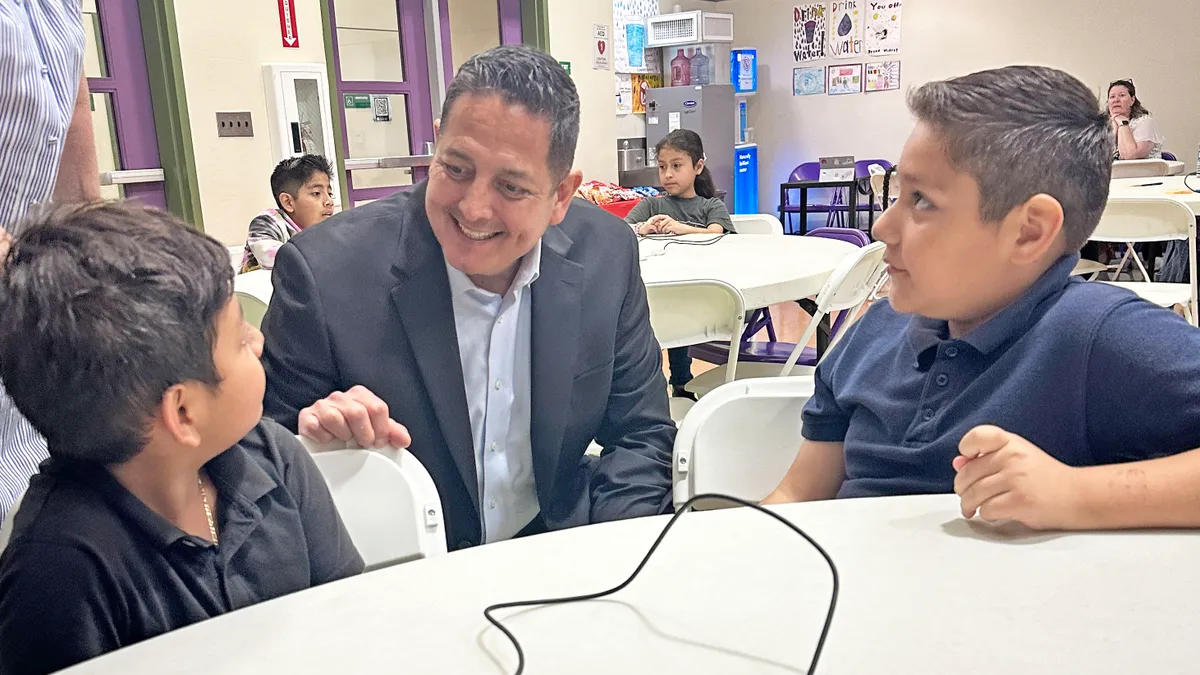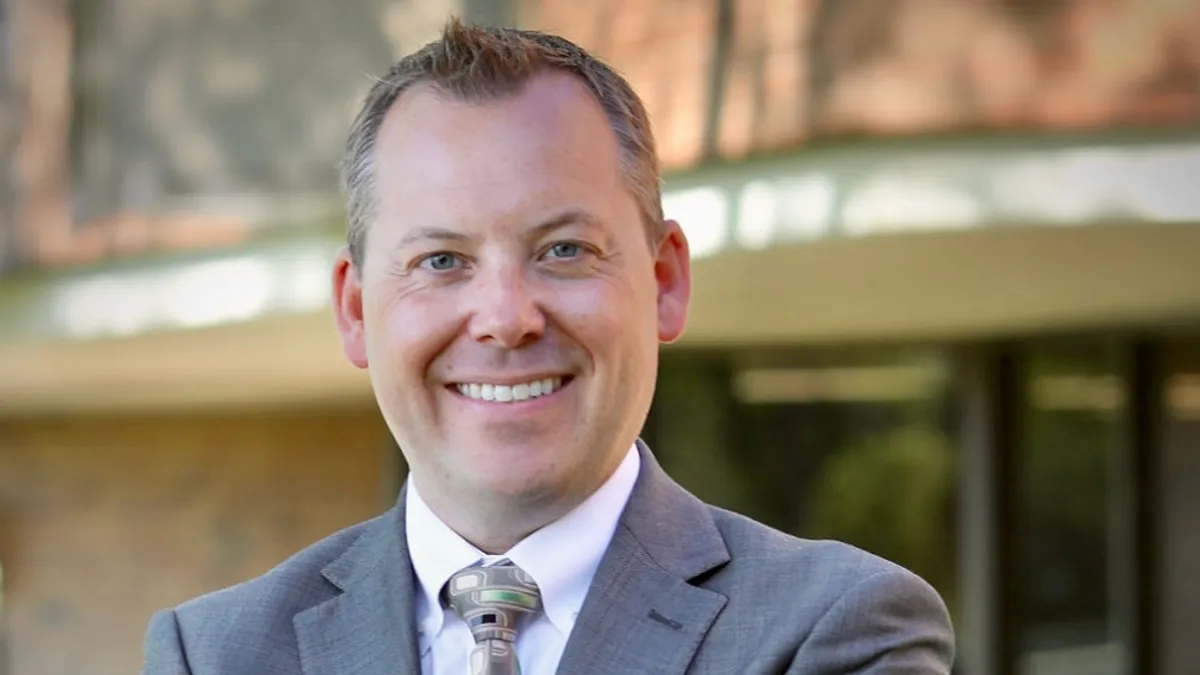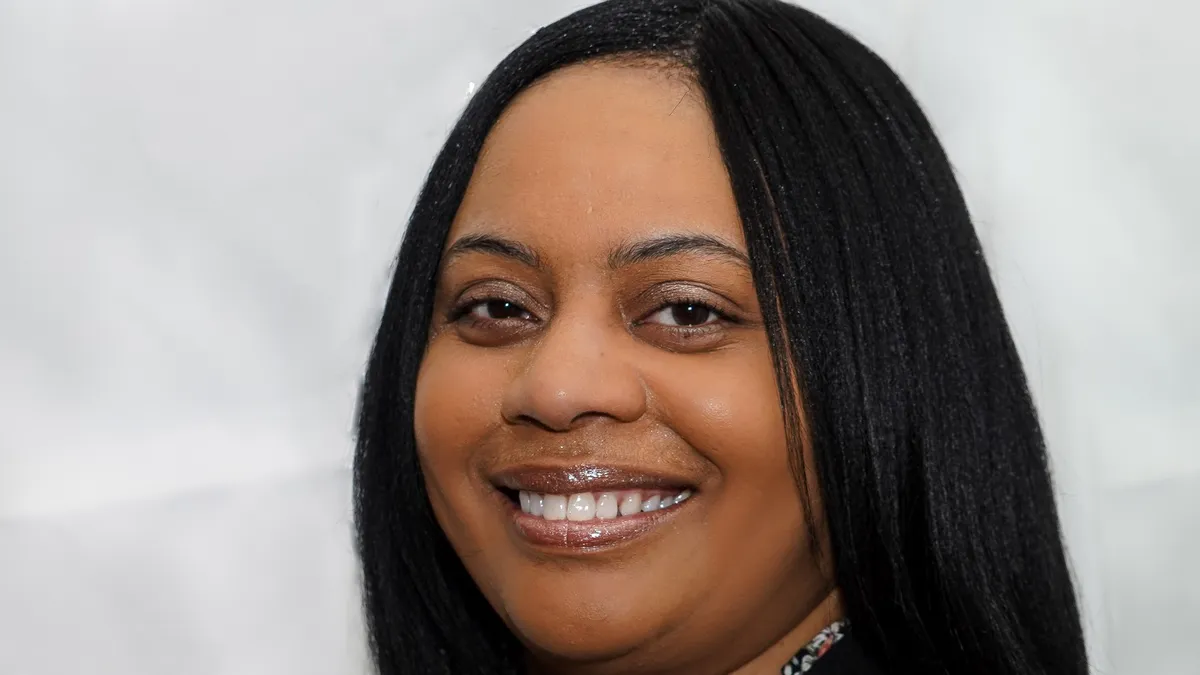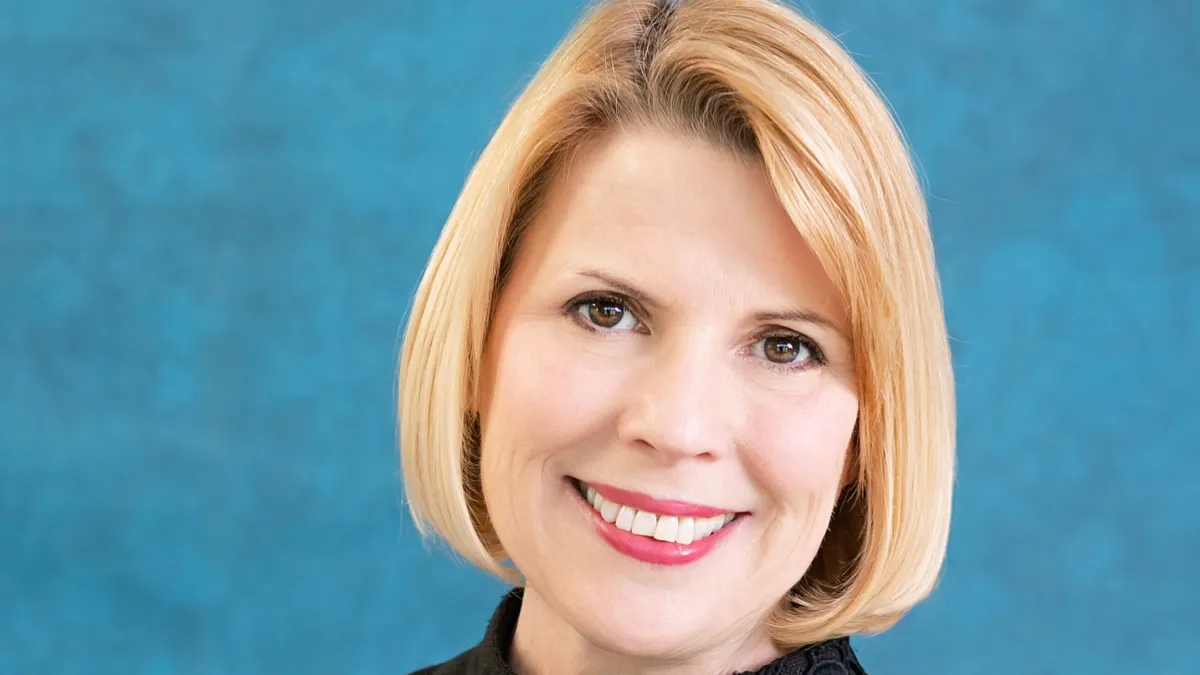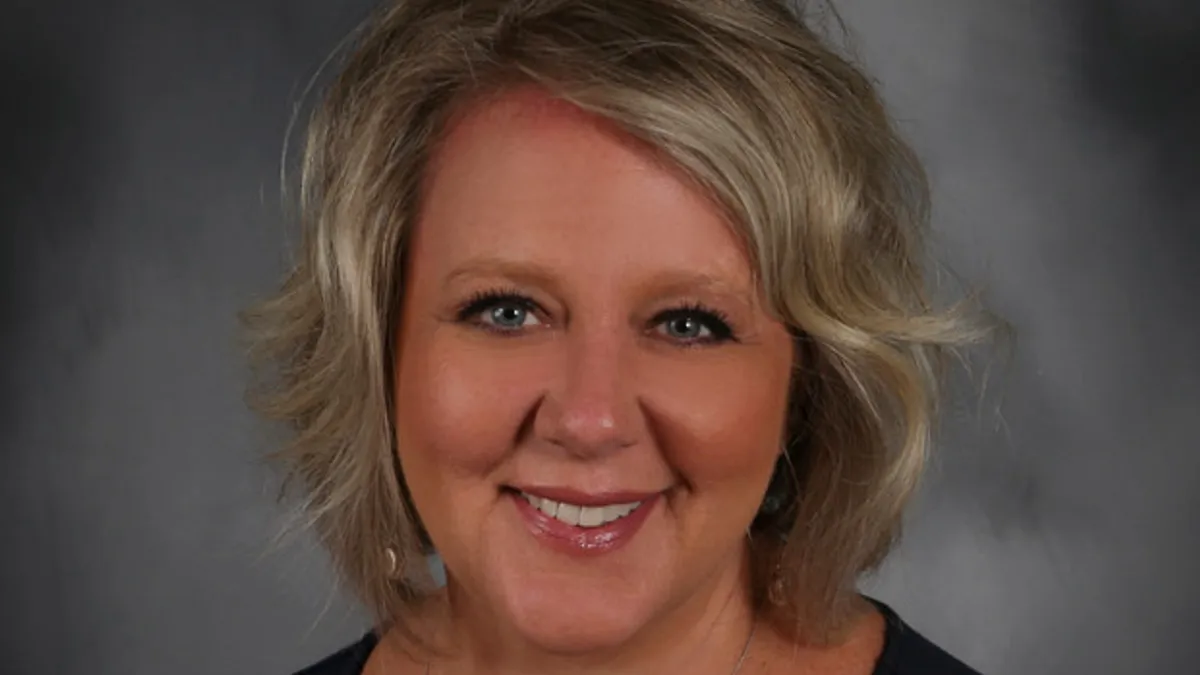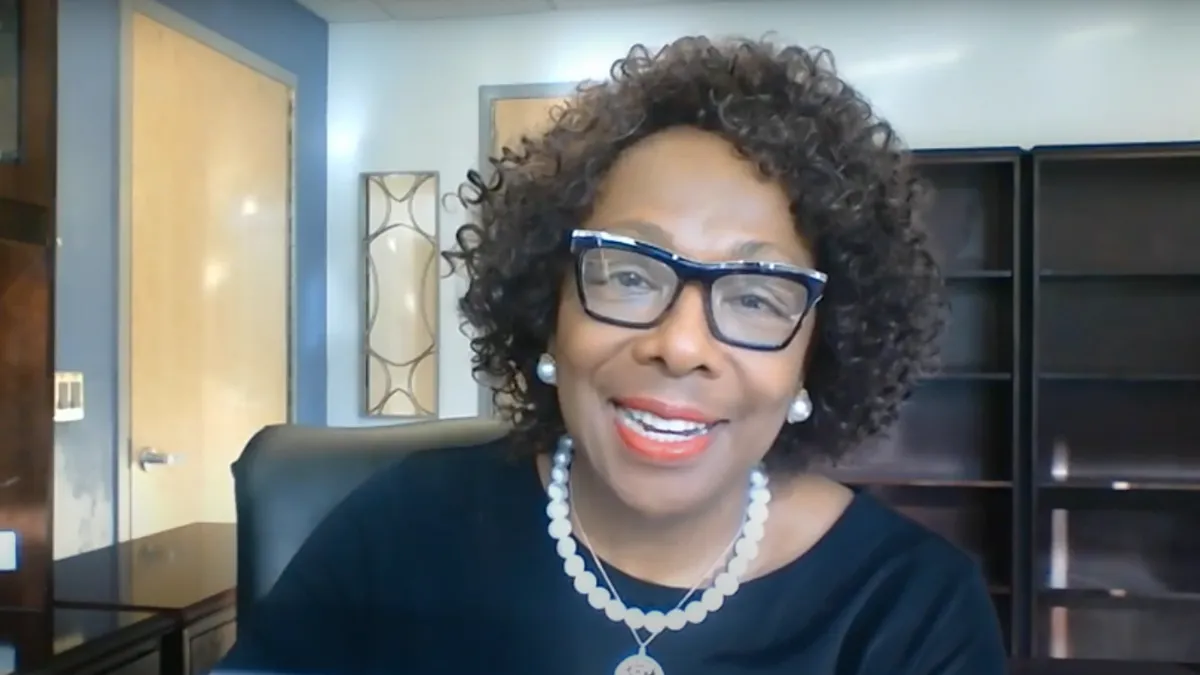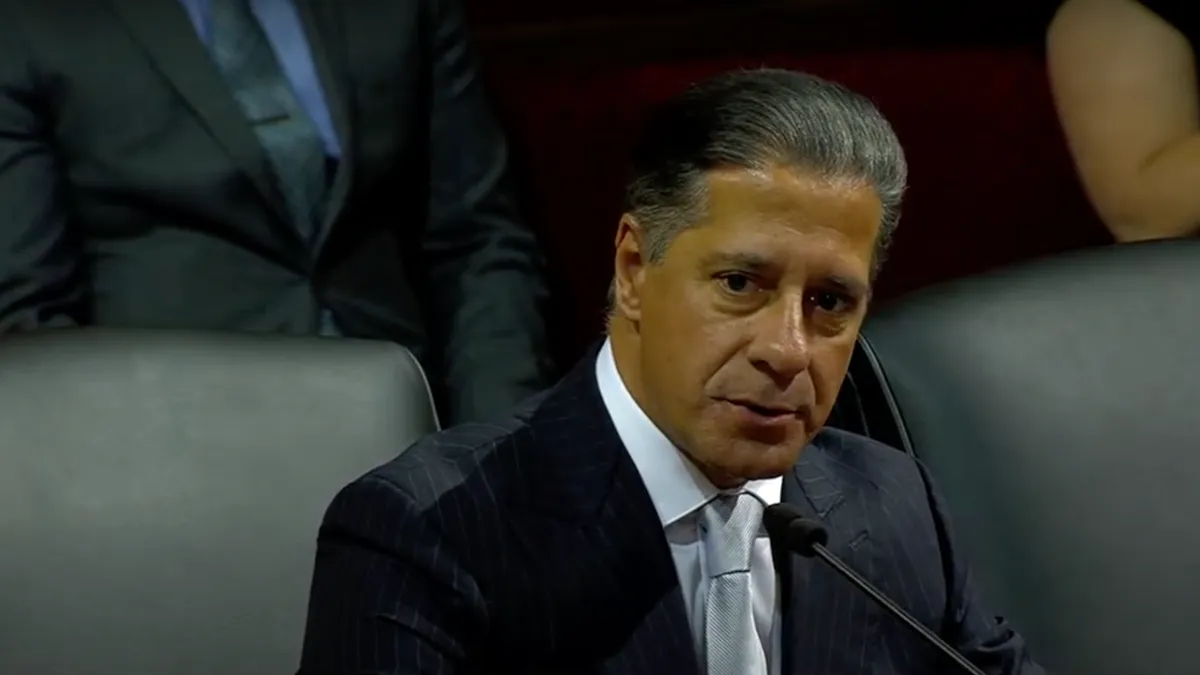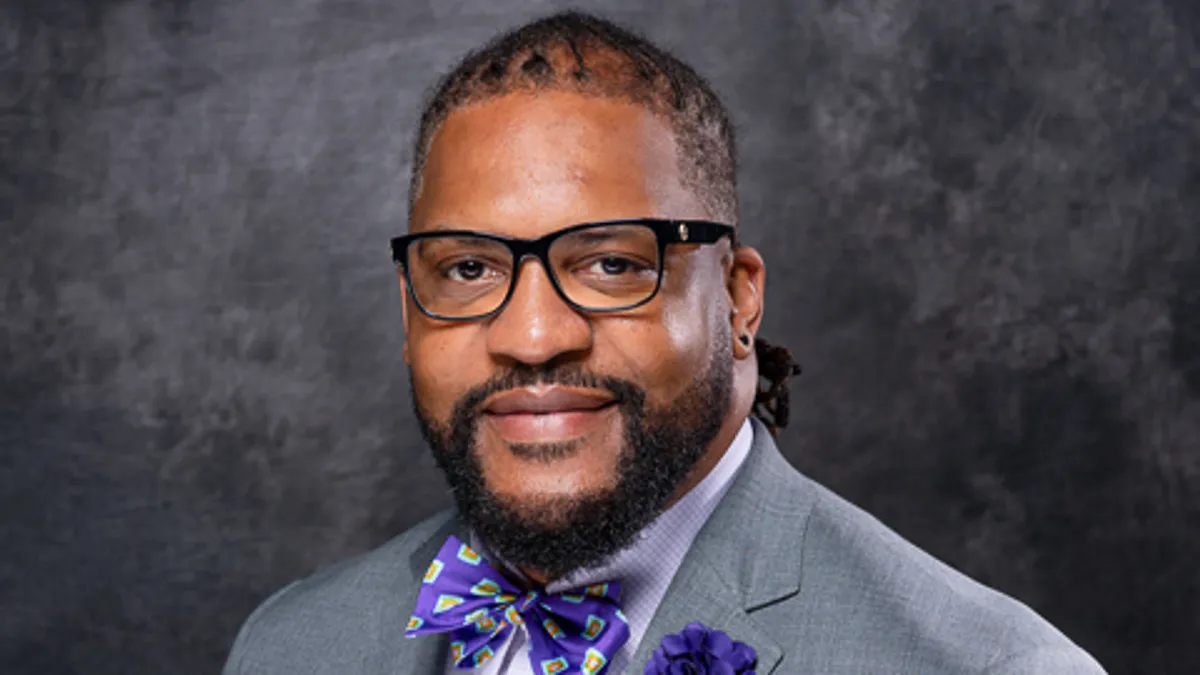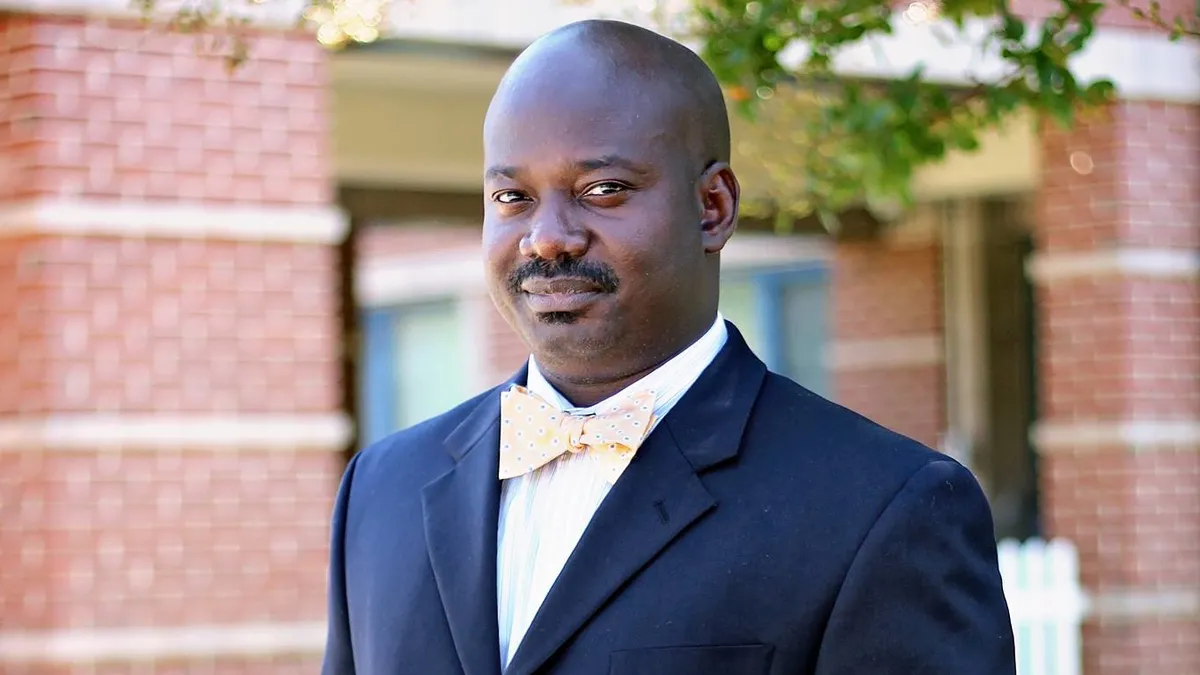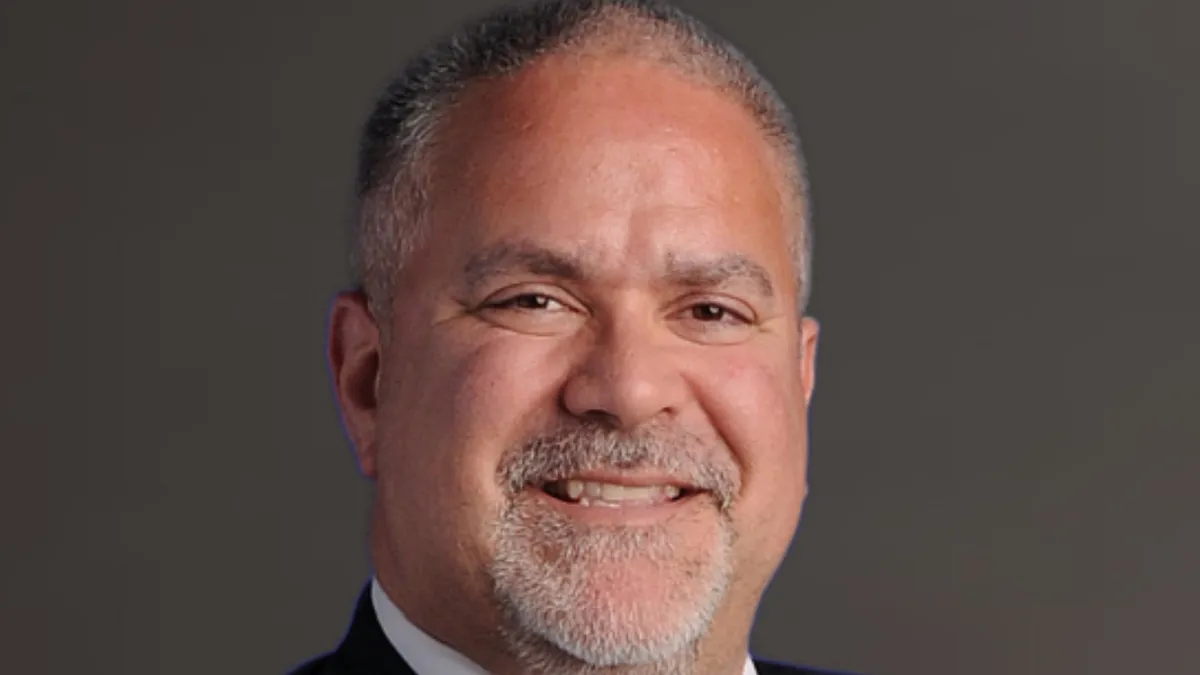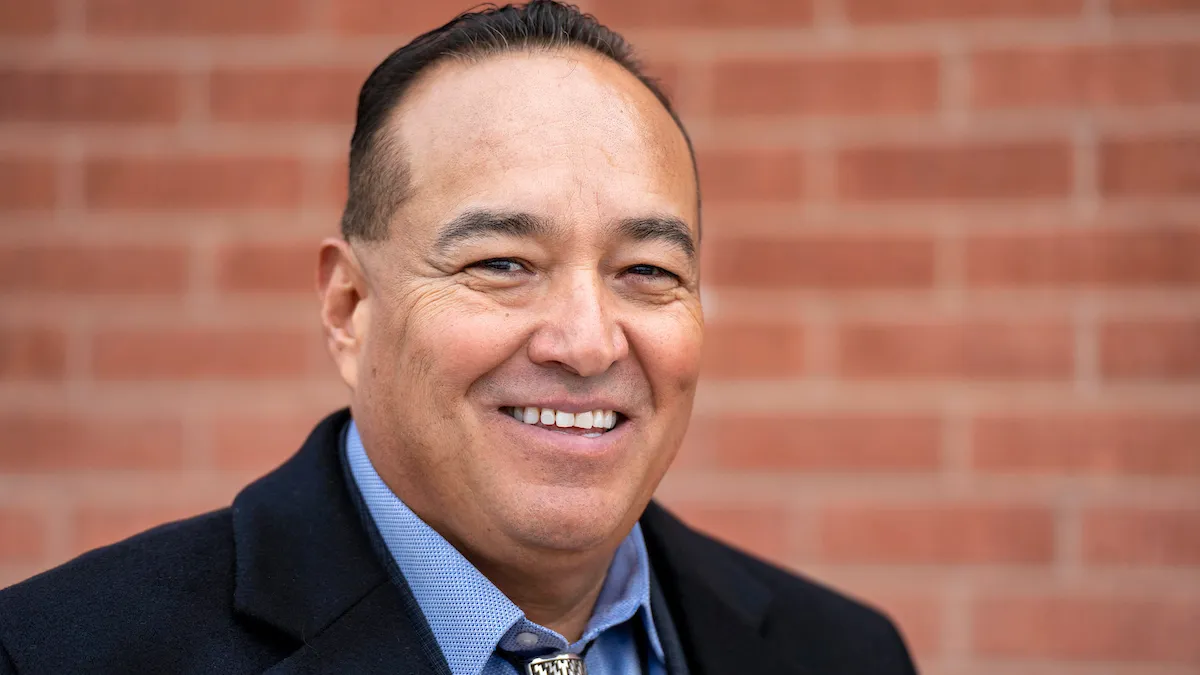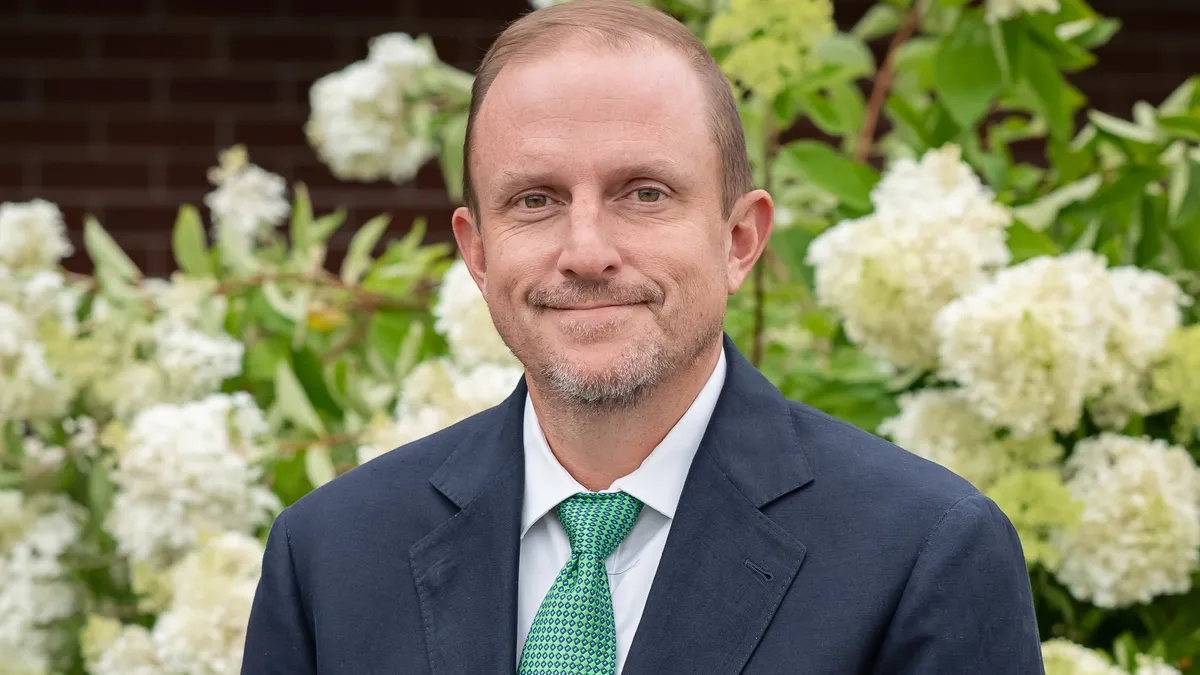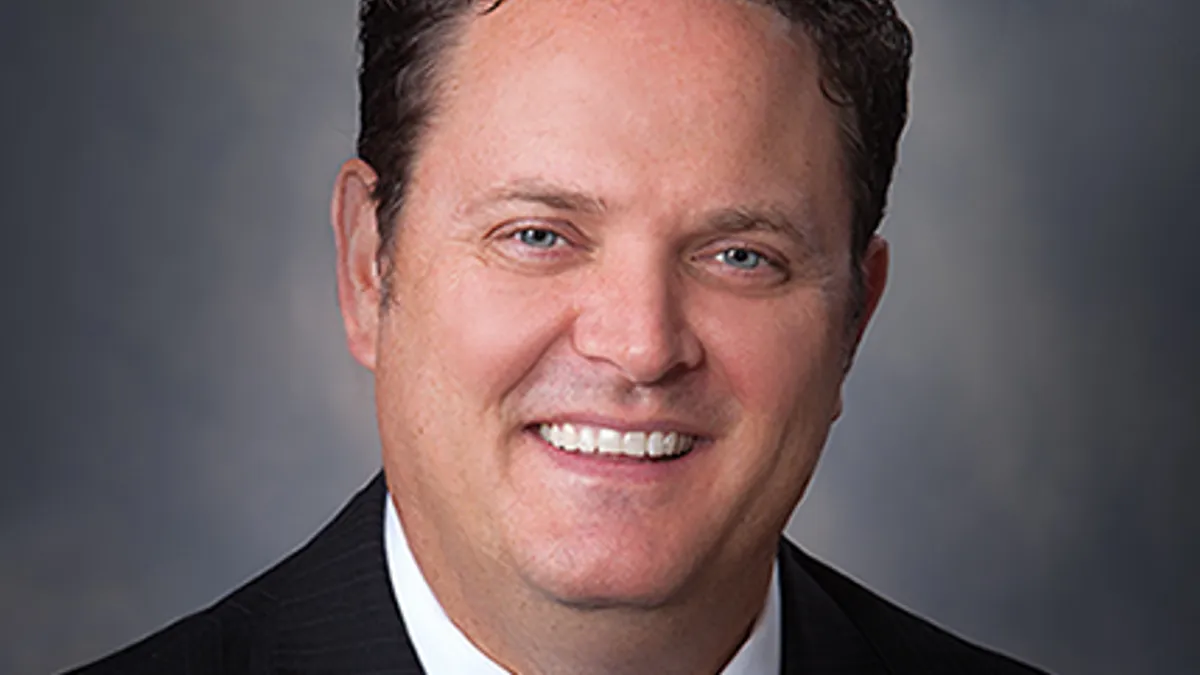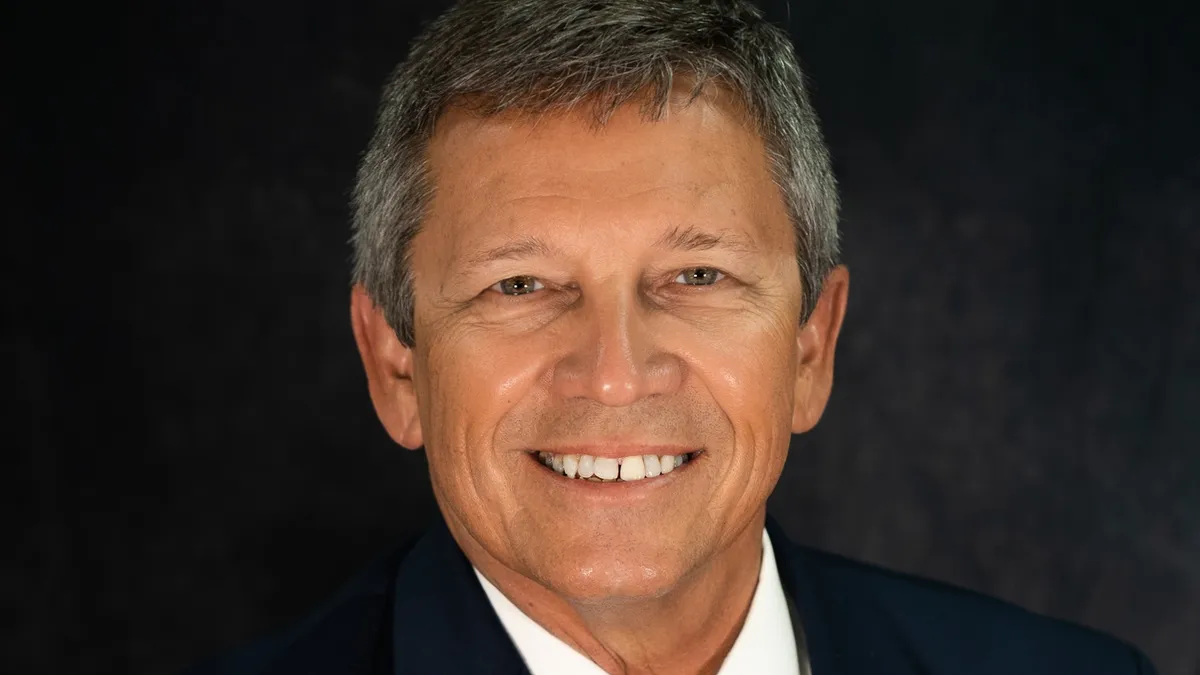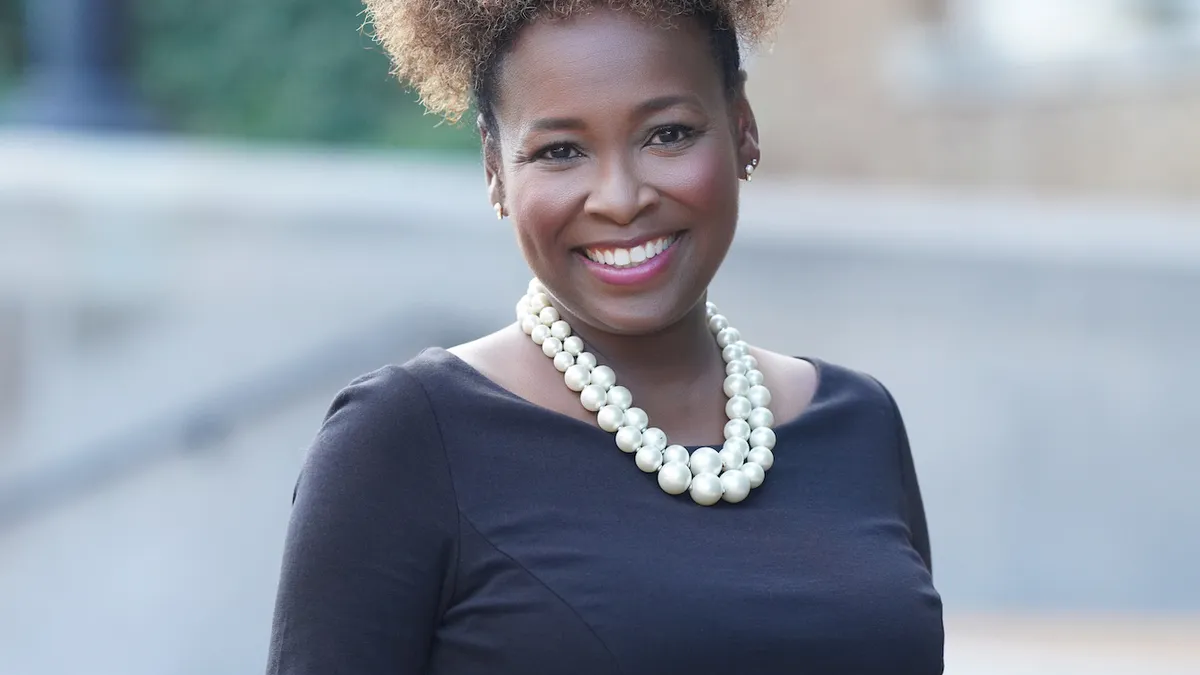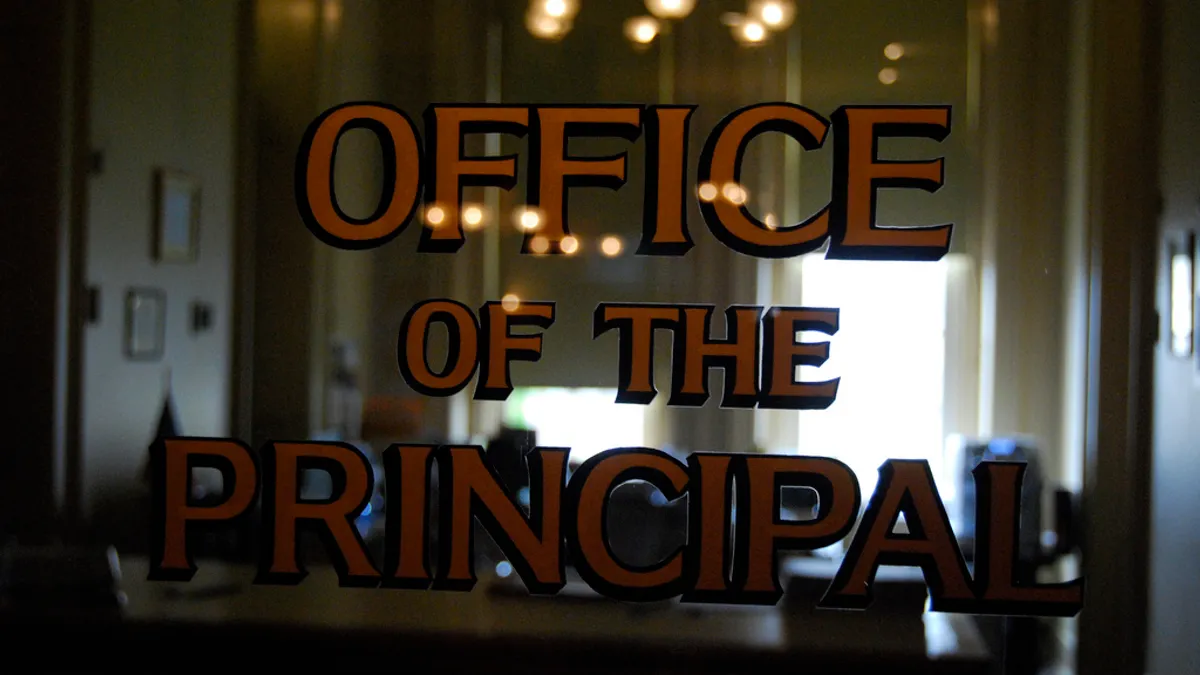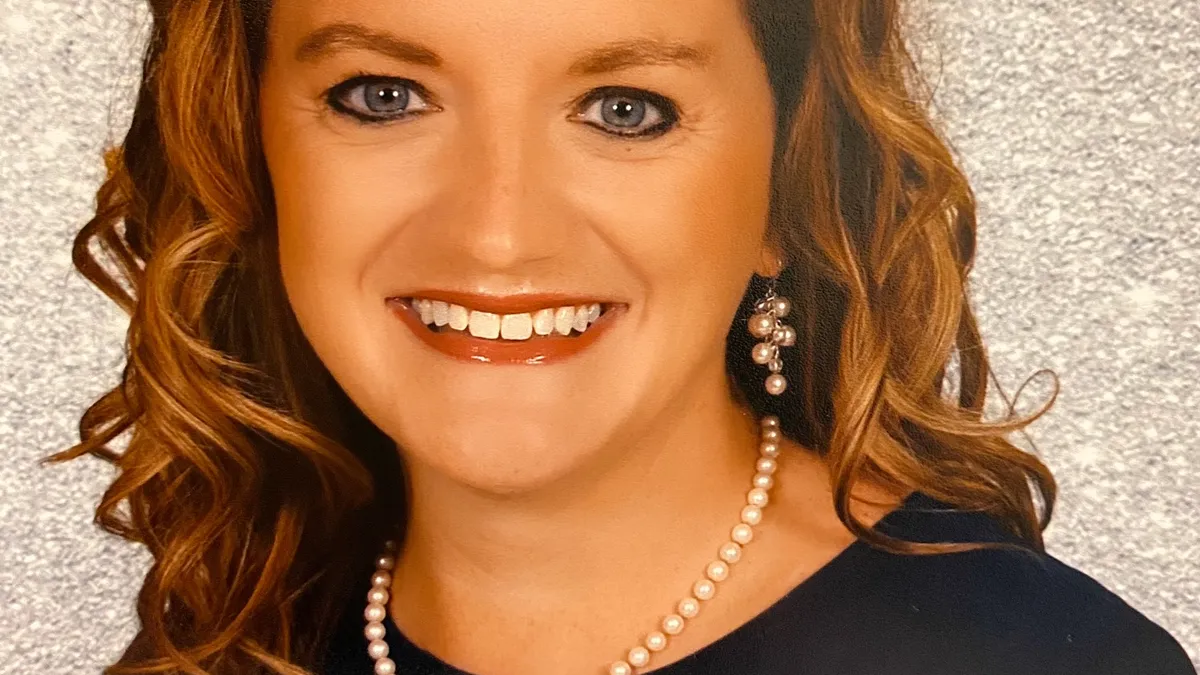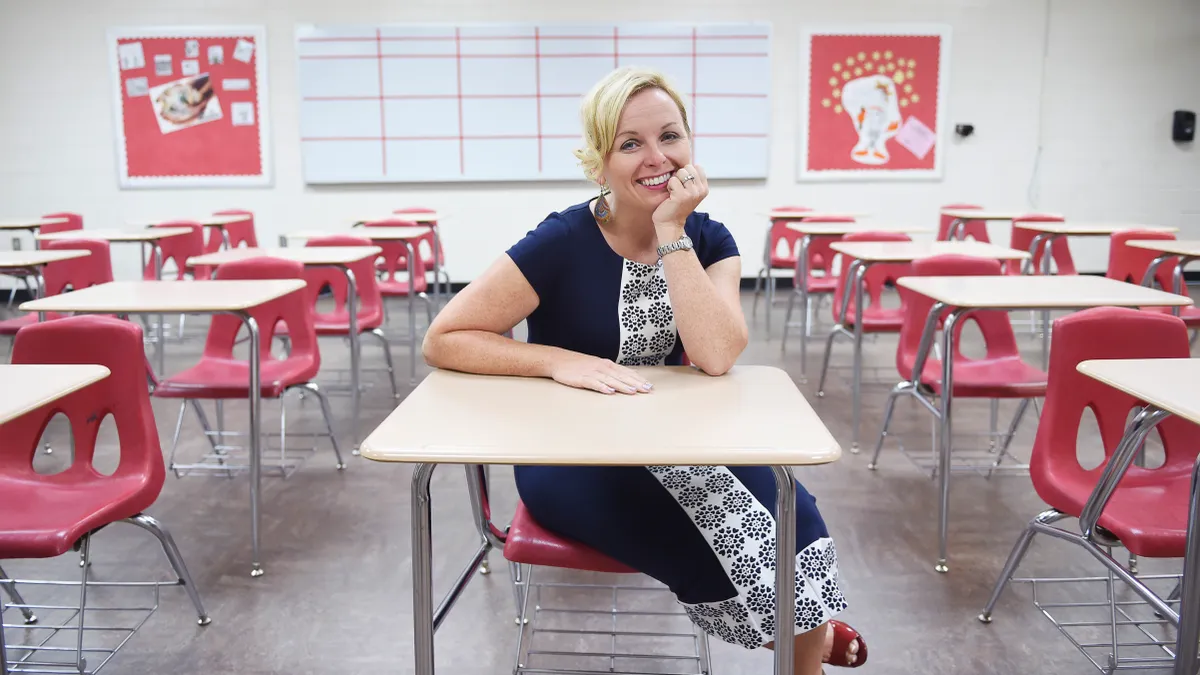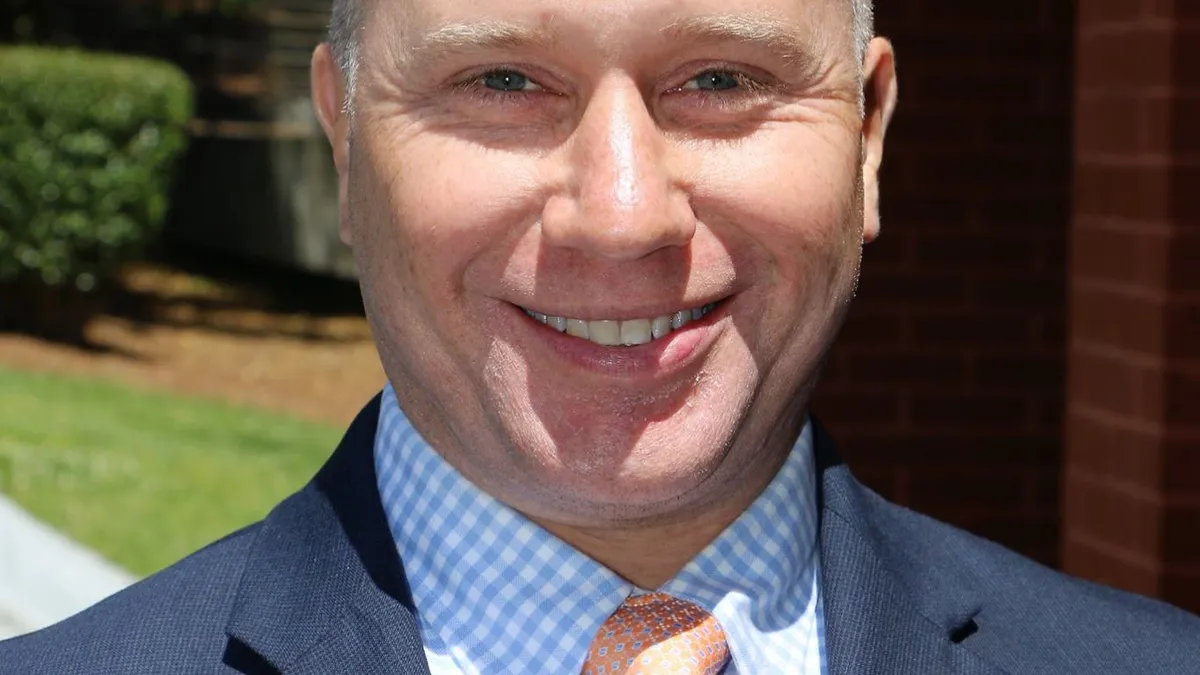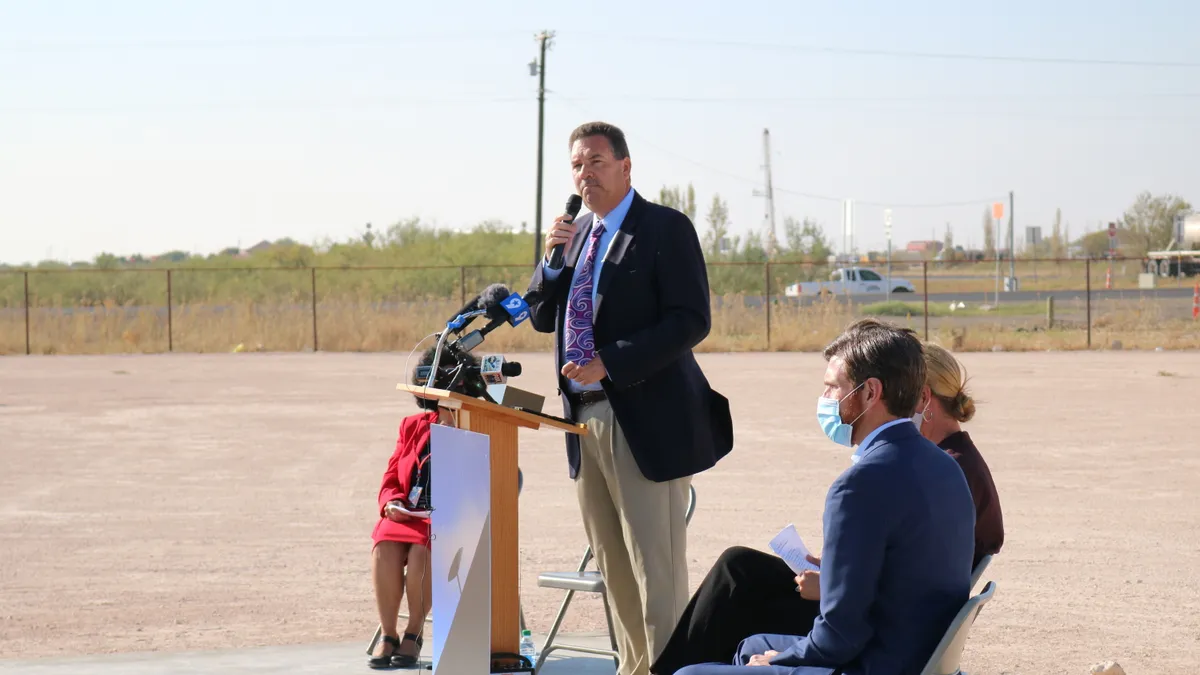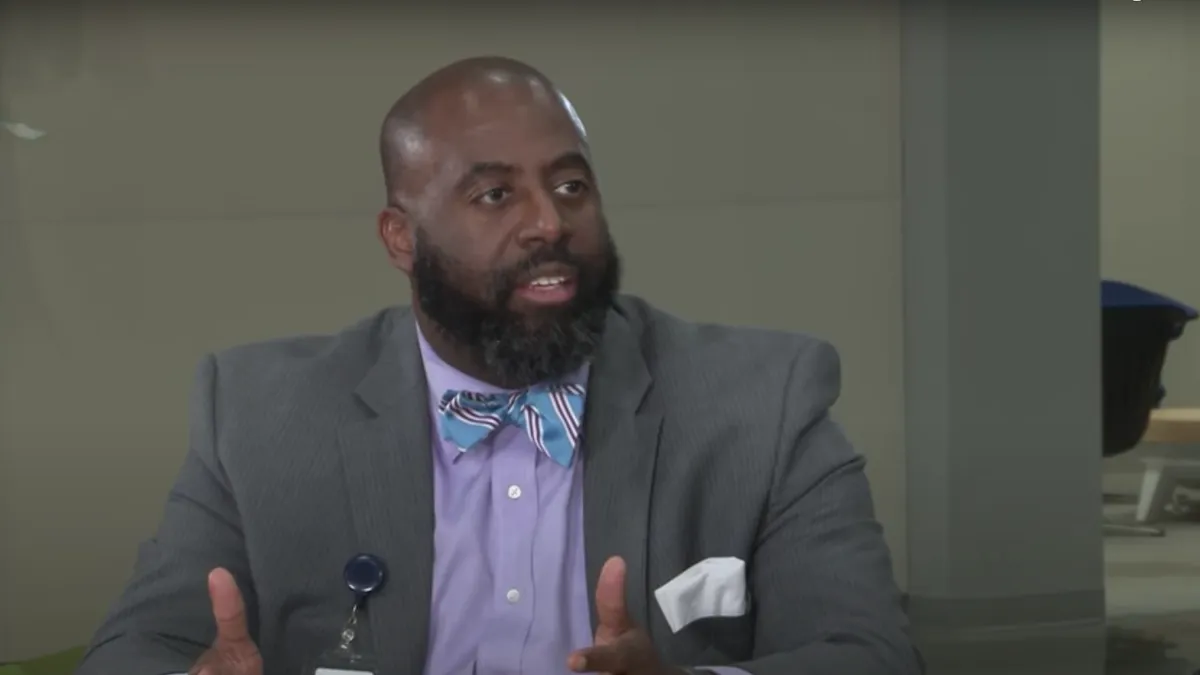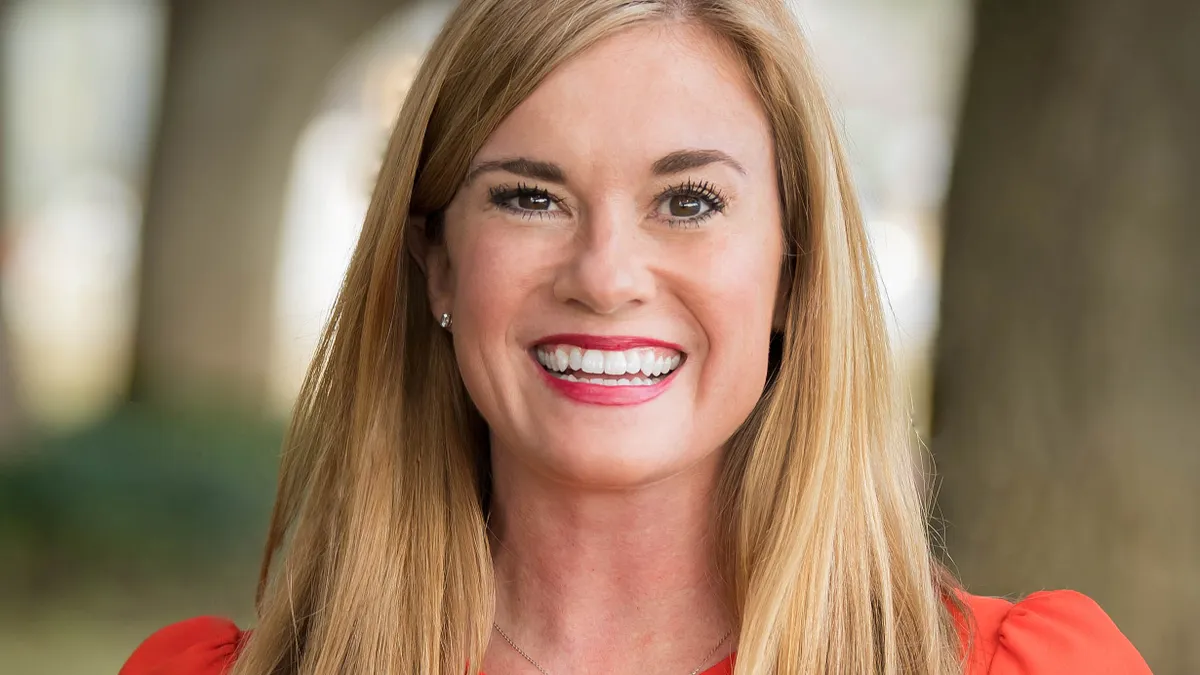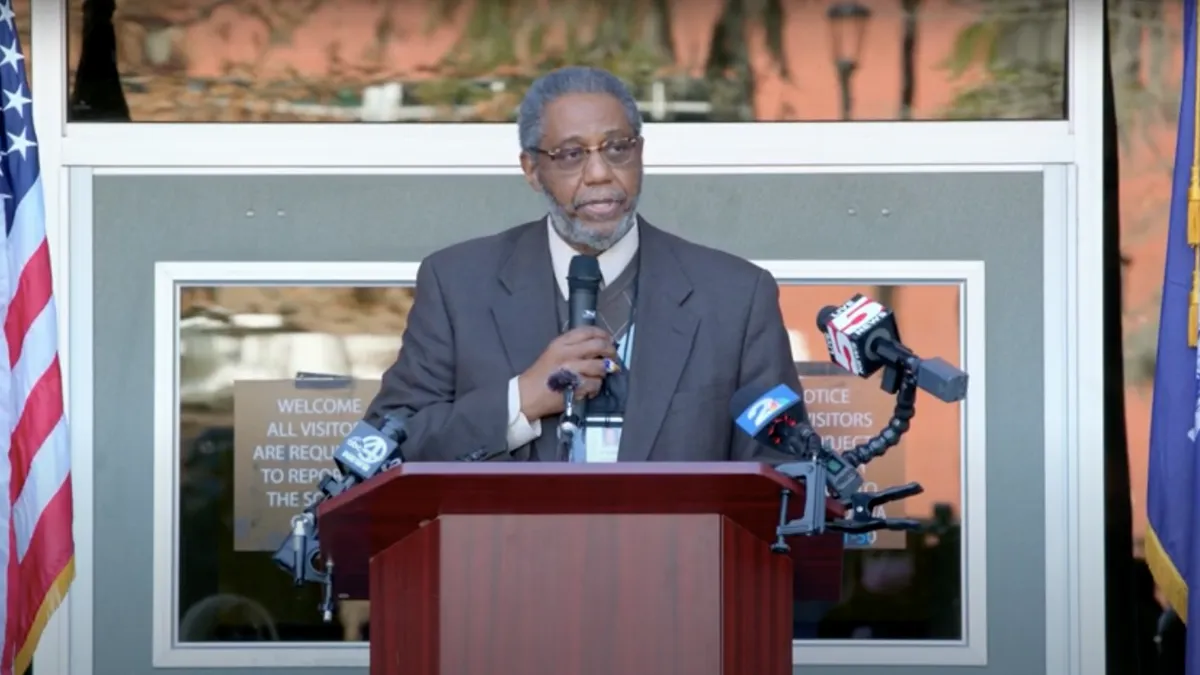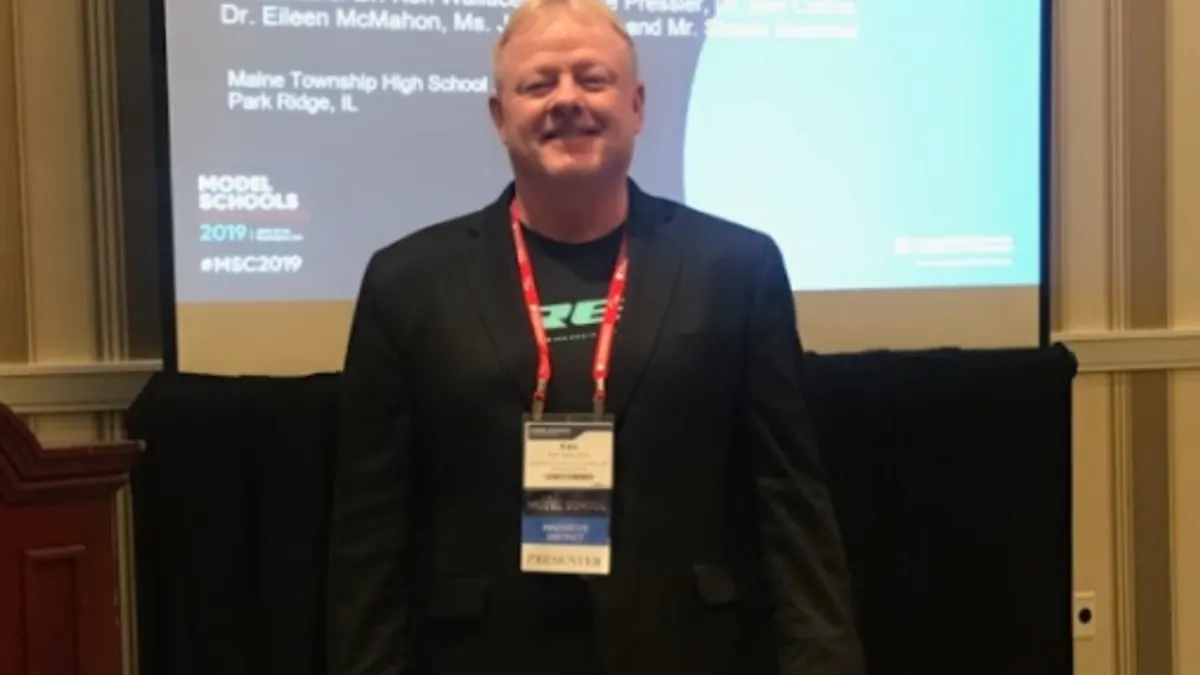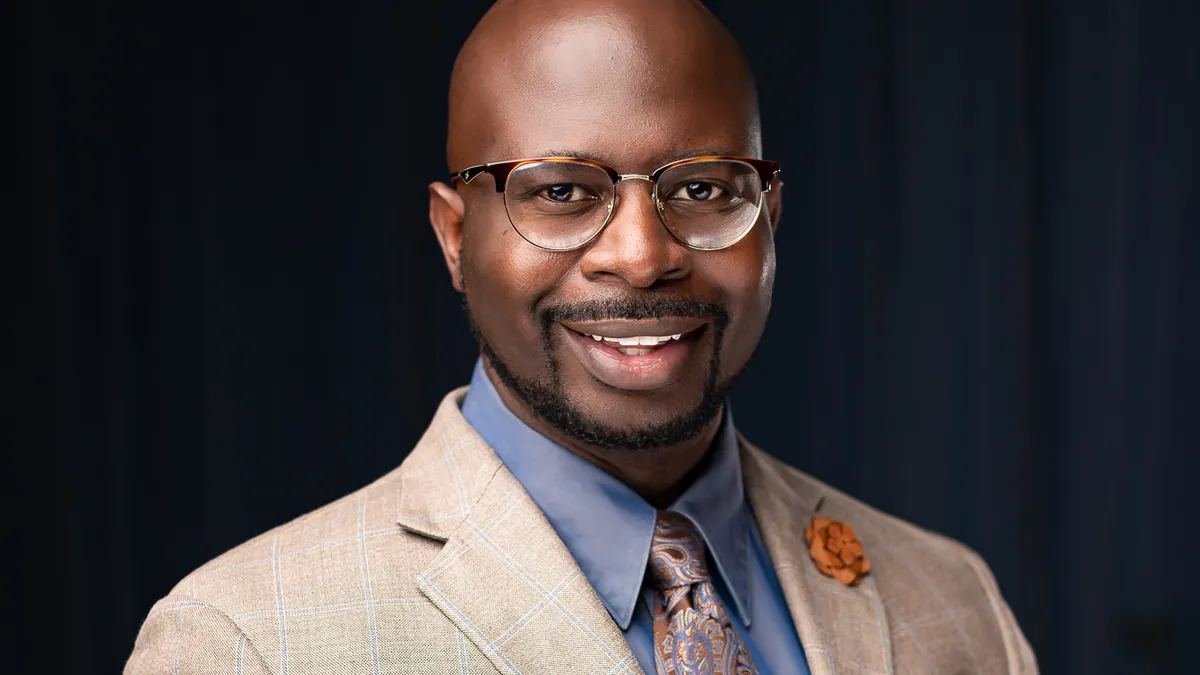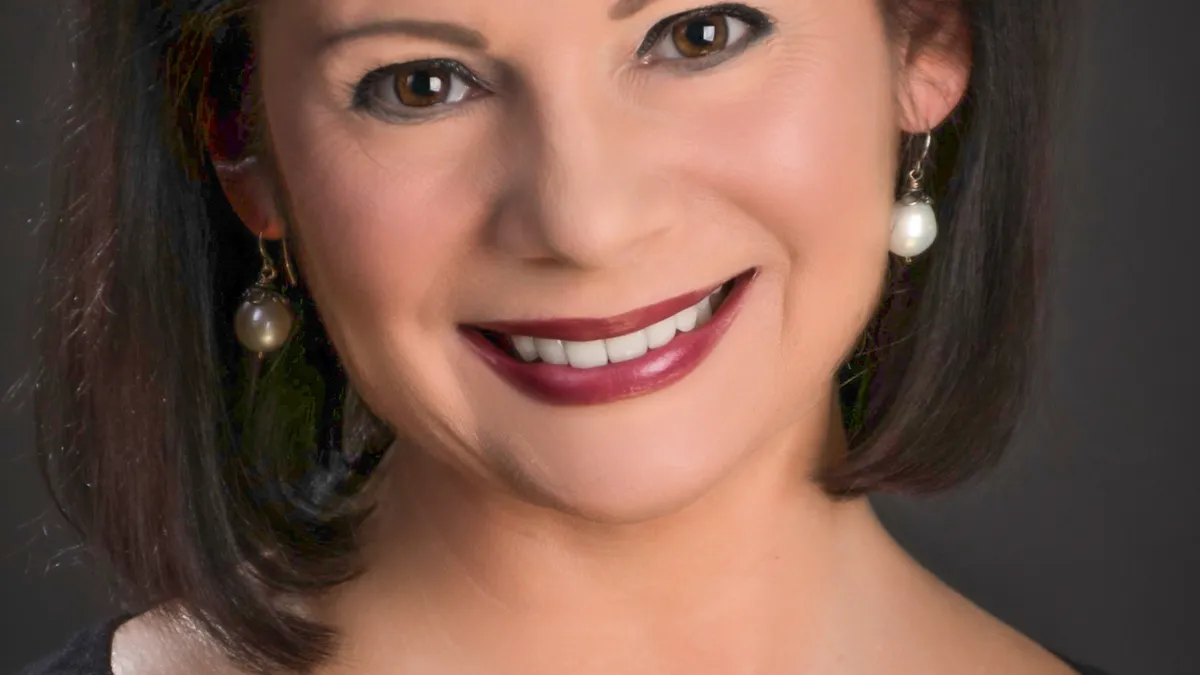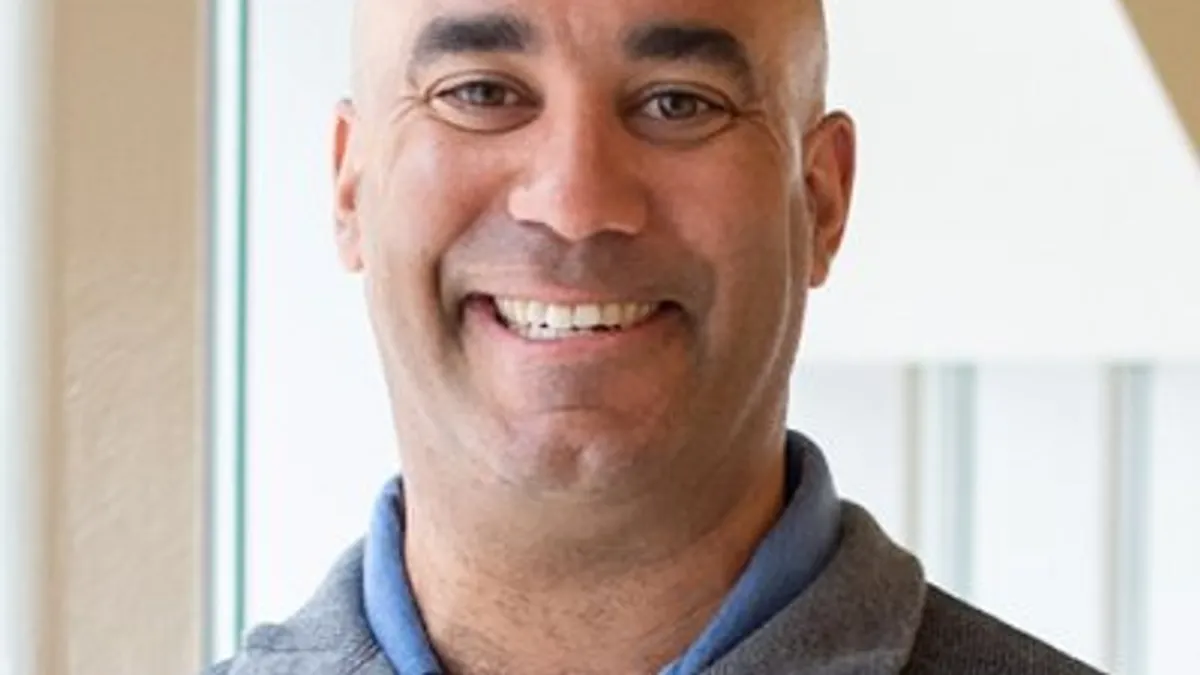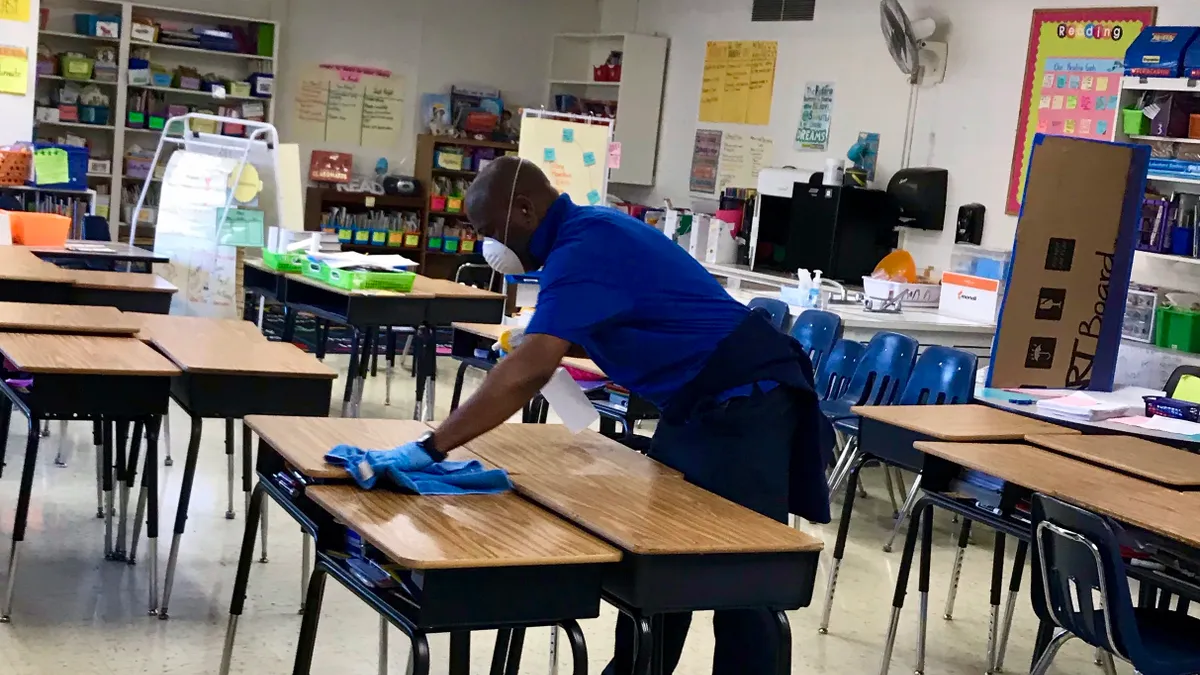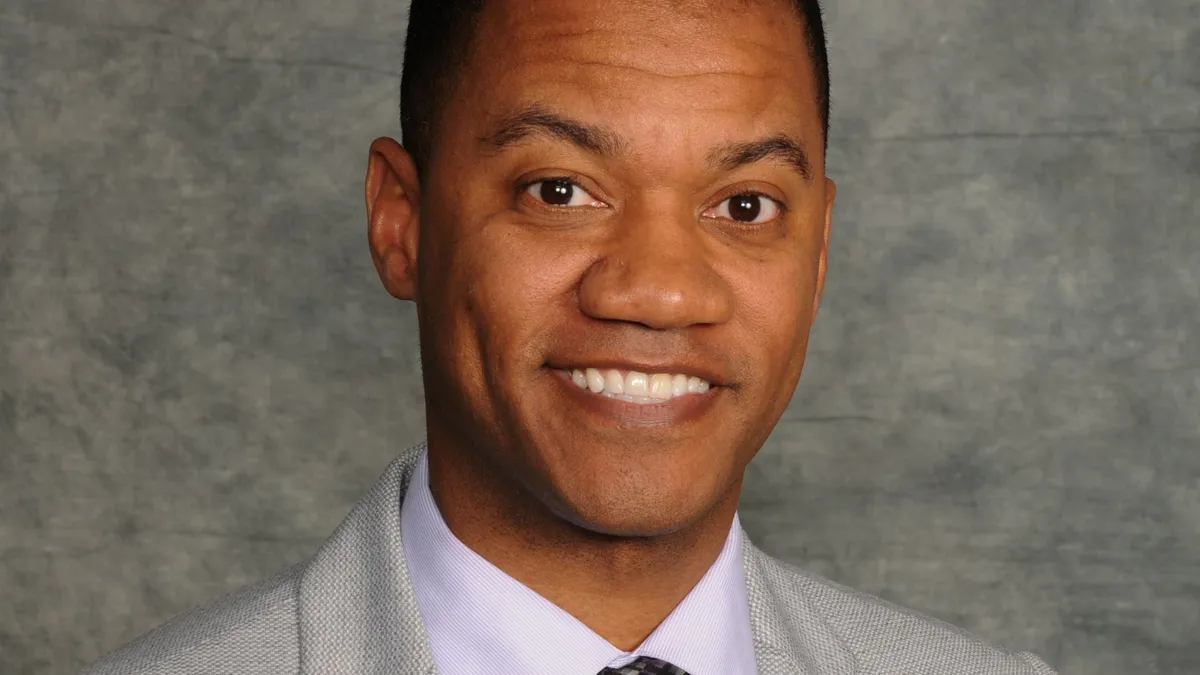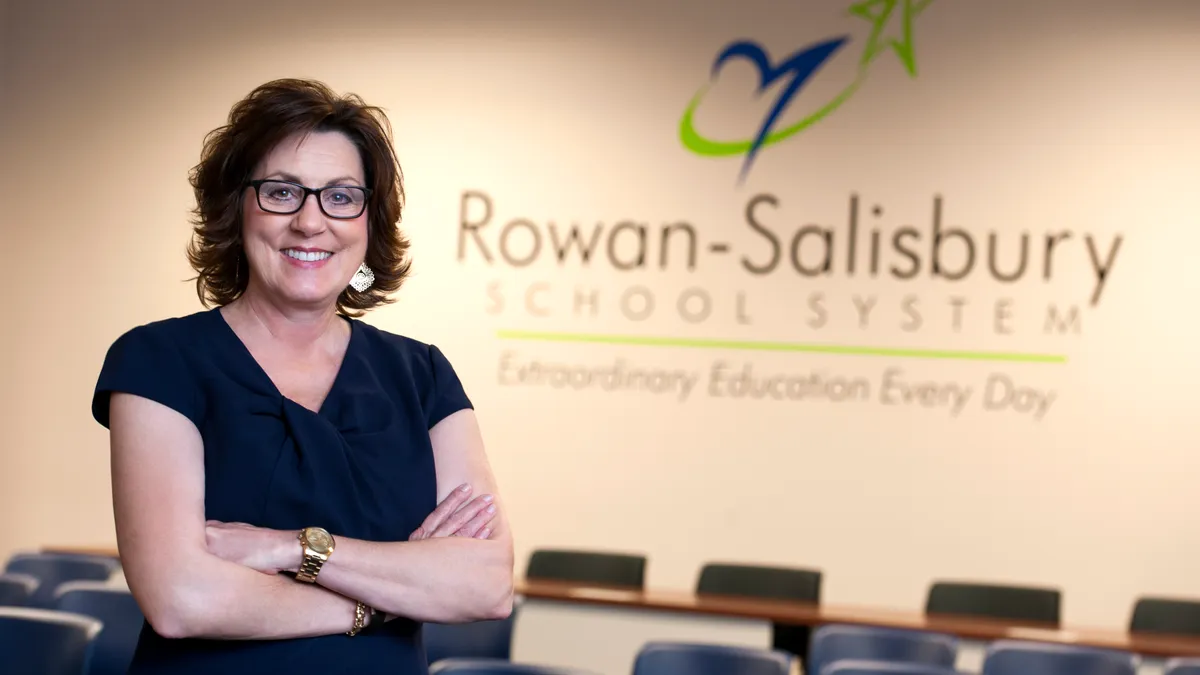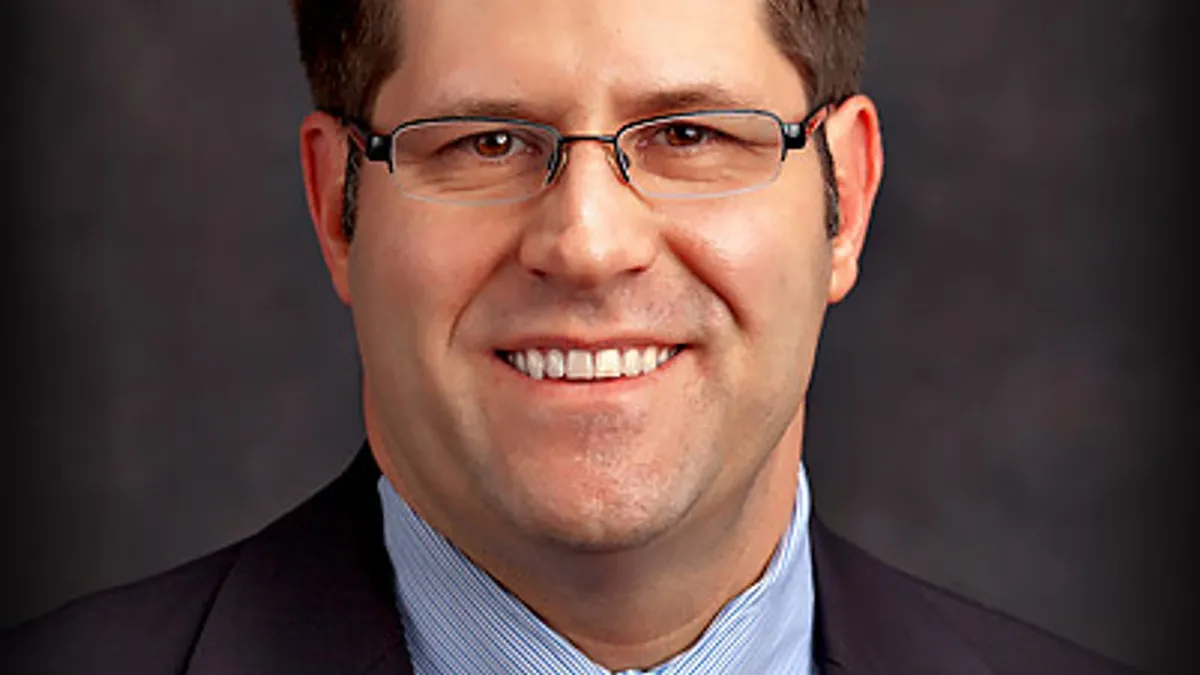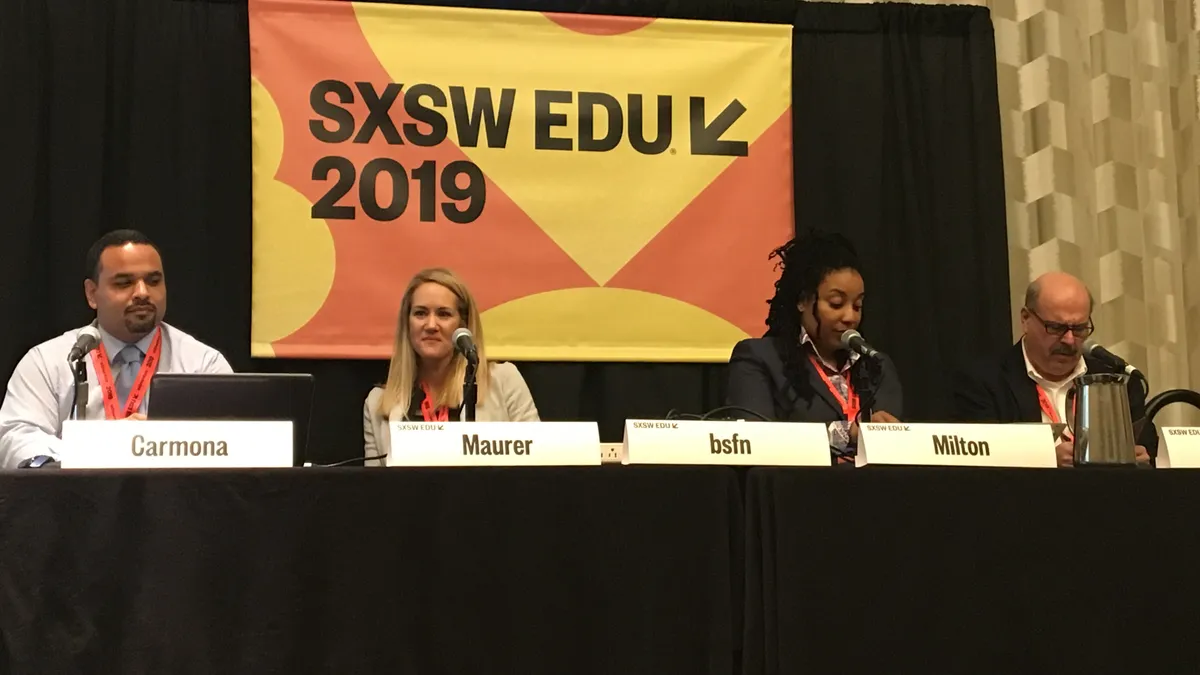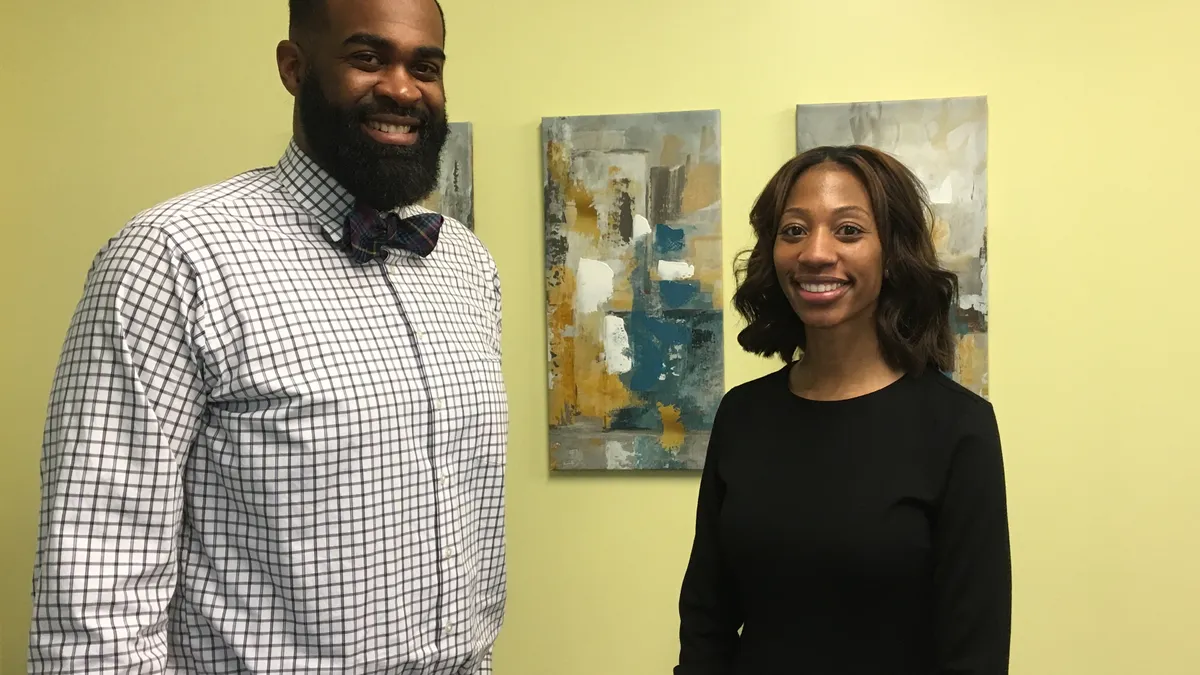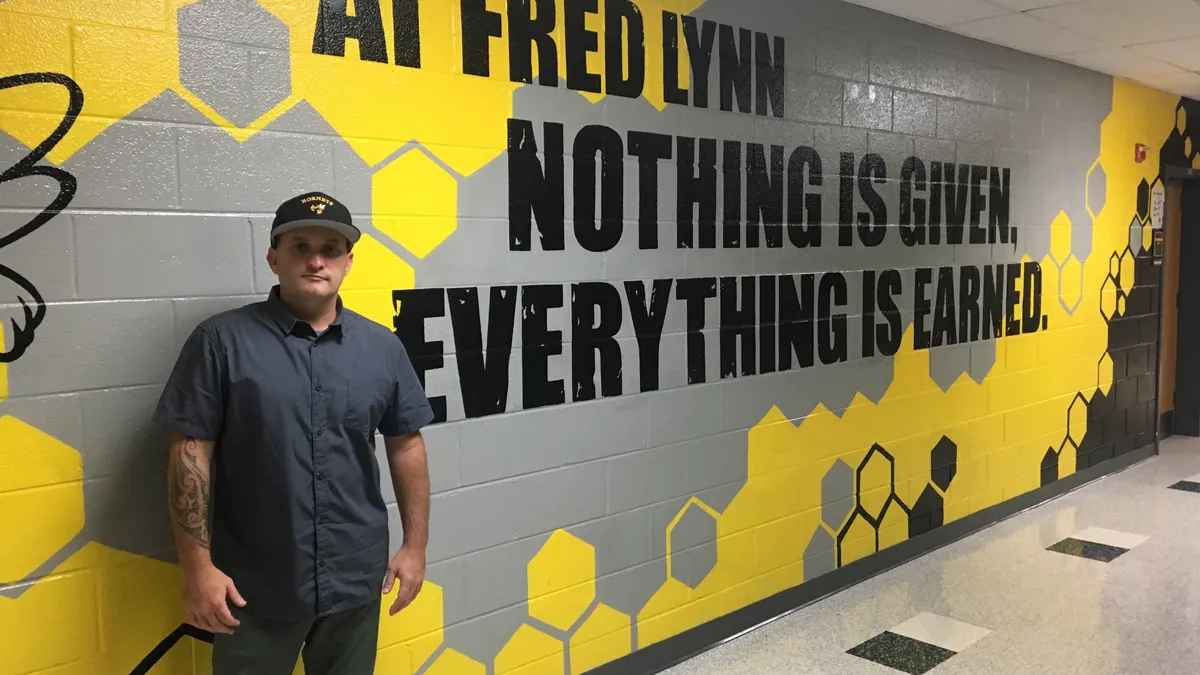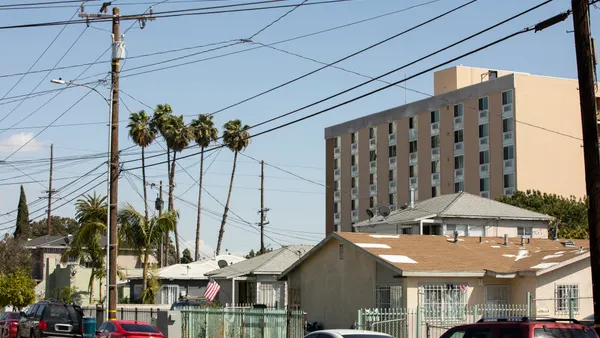Lessons In Leadership is an ongoing series in which K-12 principals and superintendents share their best practices as well as challenges overcome. For more installments, click here.
When Tiffany Anderson became the first Black woman superintendent of the 13,000-student, 32-school Topeka Public Schools in Kansas in 2016, her reputation for challenging the status quo preceded her.
Her nearly 30-year career in public education had already included stints leading Virginia’s Montgomery County School District and Missouri’s Jennings School District — receiving national recognition for leading both districts to full accreditation.
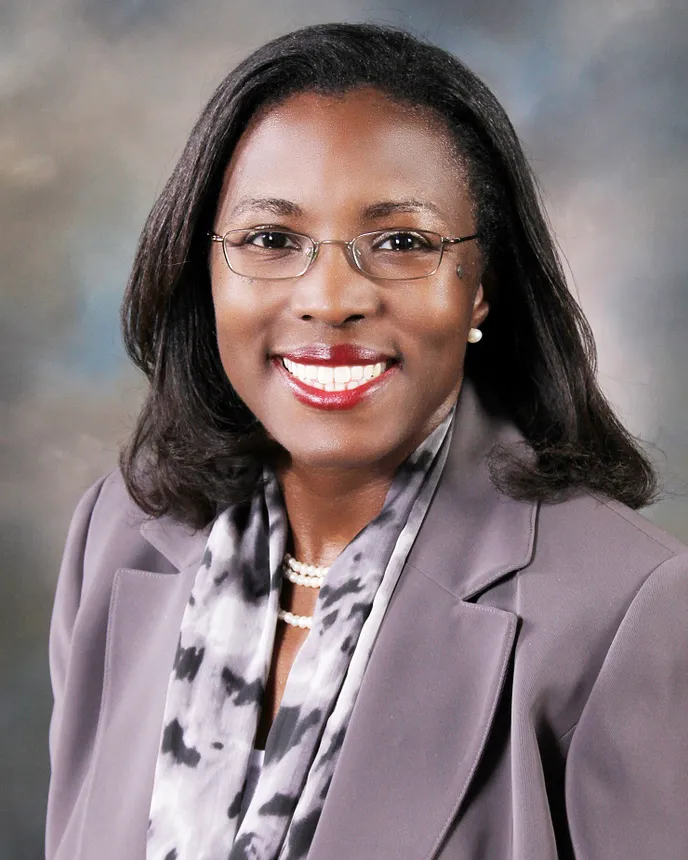
In Topeka — the school district famously at the center of the U.S. Supreme Court’s 1954 ban on school segregation in Brown v. Board of Education — Anderson has continued to drive results. The district’s five high schools boast graduation rates at 90% or above, up from 60% to 78% when Anderson arrived. She has overseen an expansion of universal preschool and the launch of a district day care program for 2-year-olds.
But to top it all off, she still finds time to teach. This coming semester, Anderson will teach a grade 7-8 career exploration course twice a week.
We caught up with Anderson, who recently wrote a book titled “Building Parent Capacity in High-Poverty Schools,” to learn more about how approaching leadership with a “boots-on-the-ground” mentality and building relationships within the community are central to her success.
Editor’s note: The following interview has been edited for brevity and clarity.
K-12 DIVE: You’ve been referred to as having made schools "work" for kids who are poor. Does that ever feel daunting to carry that sort of recognition?
TIFFANY ANDERSON: Oh, have mercy. First of all, I think all of us have the opportunity to work for the poor, right? We get a chance to be a blessing and a lesson every day.
I have the privilege of doing that through schools, and with schools being the center of the community, The Washington Post referring to me as that has led to a label being on me anywhere I go.
It's wonderful, because people know I'm showing up and saying, “How do we advocate for the marginalized? How do we make schools work for the marginalized?” And then there's no secret that that's what I bring to the table — a different perspective in creative and innovative ways to approach most challenges, and to embrace saying “yes” first and figuring the rest out next.
So, it doesn't feel daunting. I think it lends a level of opportunity to truly demonstrate advocacy unapologetically and serve those that have perhaps been forgotten. It allows me to come with an expectation that I am here to advocate as an ambassador of hope.
What are the most easy-to-overlook elements in building connections with families? How important are those connections for the success you've seen with metrics like attendance?
ANDERSON: Often, we forget that parents are a child's first teacher. And I say that throughout the book. With a lot of the language we use for educators and teachers, if you take out the word “teacher” and put “parent,” it still applies.
In the book, I talk about how you build parent efficacy. How do you ensure the parents know how to teach their children? I share strategies of how to do that, which include addressing attendance.
Part of addressing attendance for us is that if students are absent two days without a parent contact, we have a porch visit. Just because a state or a community or a school district has a policy of truancy that might be five or 10 days, it doesn't mean that you have to wait five or 10 days to find out and to connect with families.
There are some strategies to connect families with schools in an authentic way, and to give them voice and agency that empowers them to be part of the school. There are things parents can do at home to continue to carry the lessons that we teach in the classrooms. And there are things that they can do through when children get to preschool or kindergarten that will give every student a running start.
If we as a school system meet parents where they are in the community, we literally can change the trajectory for children.
We have something called “Listening Tours.” Do you know what a listening tour is?
Would that be like town halls?
ANDERSON: Kind of, but with a twist. It's showing up at the laundromat, the grocery store, the food truck, the library — places where parents congregate.
Just imagine you're checking out your groceries, and your superintendent’s at the end of the grocery line. It’s kind of like the Girl Scouts when they're bagging your groceries, but instead it’s your superintendent saying, “I just wanna listen. How's it going? How's your year going? What's the biggest challenge you face? What are you hoping that we remove as a barrier for next year?”
Parents will talk differently to you often in the community and in unstructured ways, when you meet them where they are, than they will if you ask them to come to you and you formalize that structure.
A couple years ago, during a listening tour that we had at coffee shops and different restaurants, we learned that early childhood services for 2-year-olds in our community were very challenging. So we opened our first 2-year-old day care center, and we put it inside of our preschool academy, and we asked for a grant.
A year later, it was self-funding, and it's a beautiful model of possibility. But that came directly from a listening tour.
Do you feel this approach has helped to prevent the backlash other school districts have seen where parents don't fully understand what's going on in schools, and where heated school board meetings come about as a result?
ANDERSON: Yeah. The more you have a relationship, the more parents trust you, and they'll support you and work for you and understand some of the decisions. Without trust, you will have a challenge of moving the needle in any other area.
We spend a great deal of time building relationships. The book talks about porch visits that anybody can do. That's a no-cost strategy. Who says you have to come to the school to register your child or even have a parent conference? Why can't I just come hang out on your porch? It's probably better than hanging out right here in this office. I wear tennis shoes every day, because this is boots-to-the-ground work.
The classroom is the community, for our teachers and for me. The more you can spend time in the community where the people are and listen to learn, the more you know what you're talking about, and the more you can address those needs skillfully, and the more people will trust you.
When you have an opportunity to get back into the classroom as a superintendent, do you feel that also helps you stay in touch with what teachers are facing every day and build better relationships with them?
ANDERSON: Here's the thing: You can't serve needs you don't know. I have something called teacher for the day where I'll free up a teacher. Often, I'll ask who's having a hard time, who's a new teacher, who's someone who just needs a break. And I'll take over their class for a portion of the day.
That allows me to not only build relationships, but to see the needs.
As an example, when we roll out a new curriculum or have an expectation of a certain amount of time of how things need to be taught, I know more if I'm in the same space teaching the material and experiencing it as a user of the resources that we're providing. That allows me to see how realistic some of the expectations that we have are.
One of the items we have in Topeka are mental health teams at every school. We have that for students, but for staff we've now expanded our mental health services within every building. They all have mental health spaces post-COVID.
This year, we added mental health days to the calendar every month, like a professional development day just for mental health. If I wasn't spending time in the classroom experiencing some of the trauma that students have experienced, particularly post-COVID, I don't know that I would've seen that need as clearly as I do now.
Being in the classroom and being as connected as possible with students and staff allows for any educator to better serve the needs of our families.


